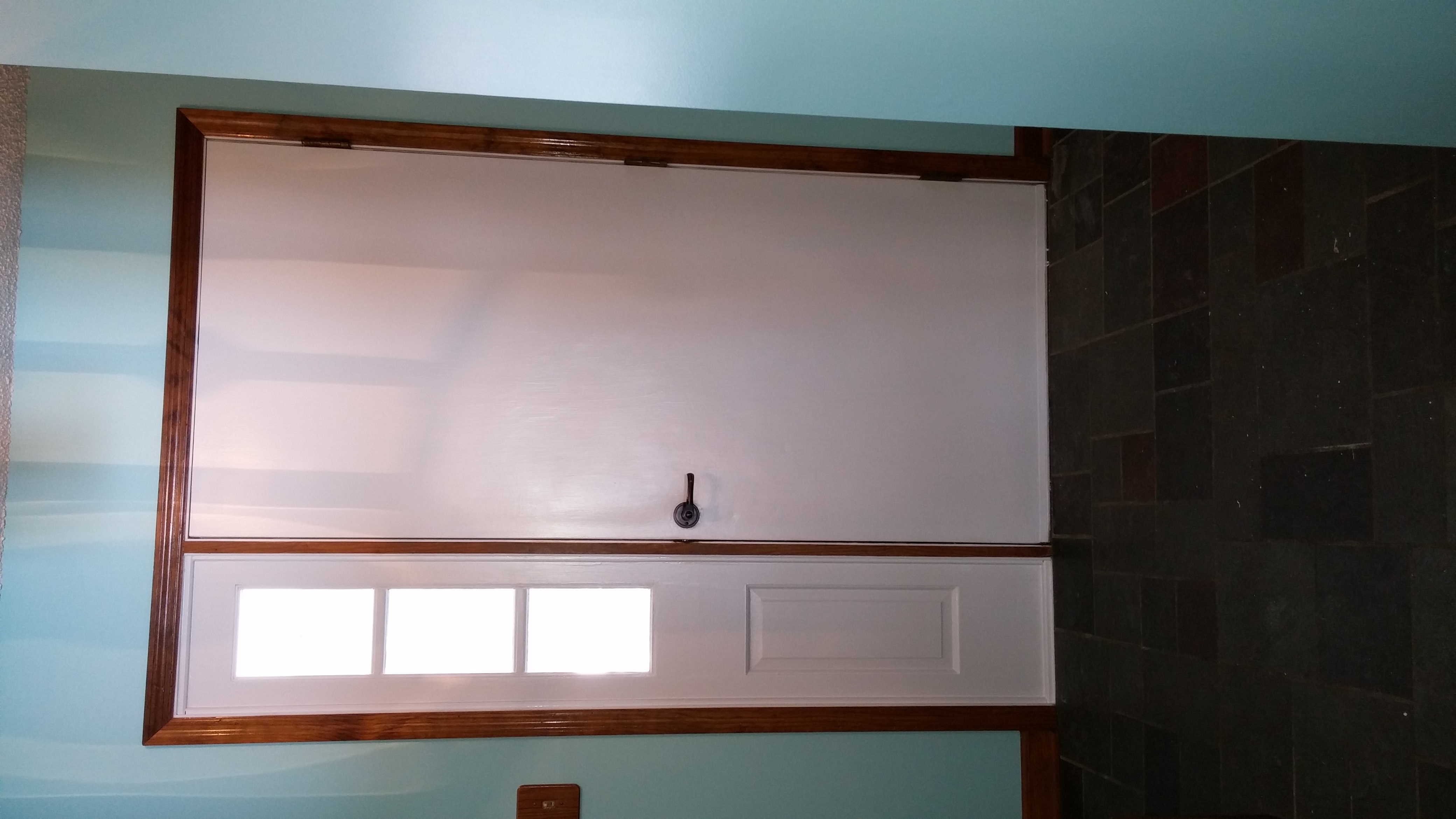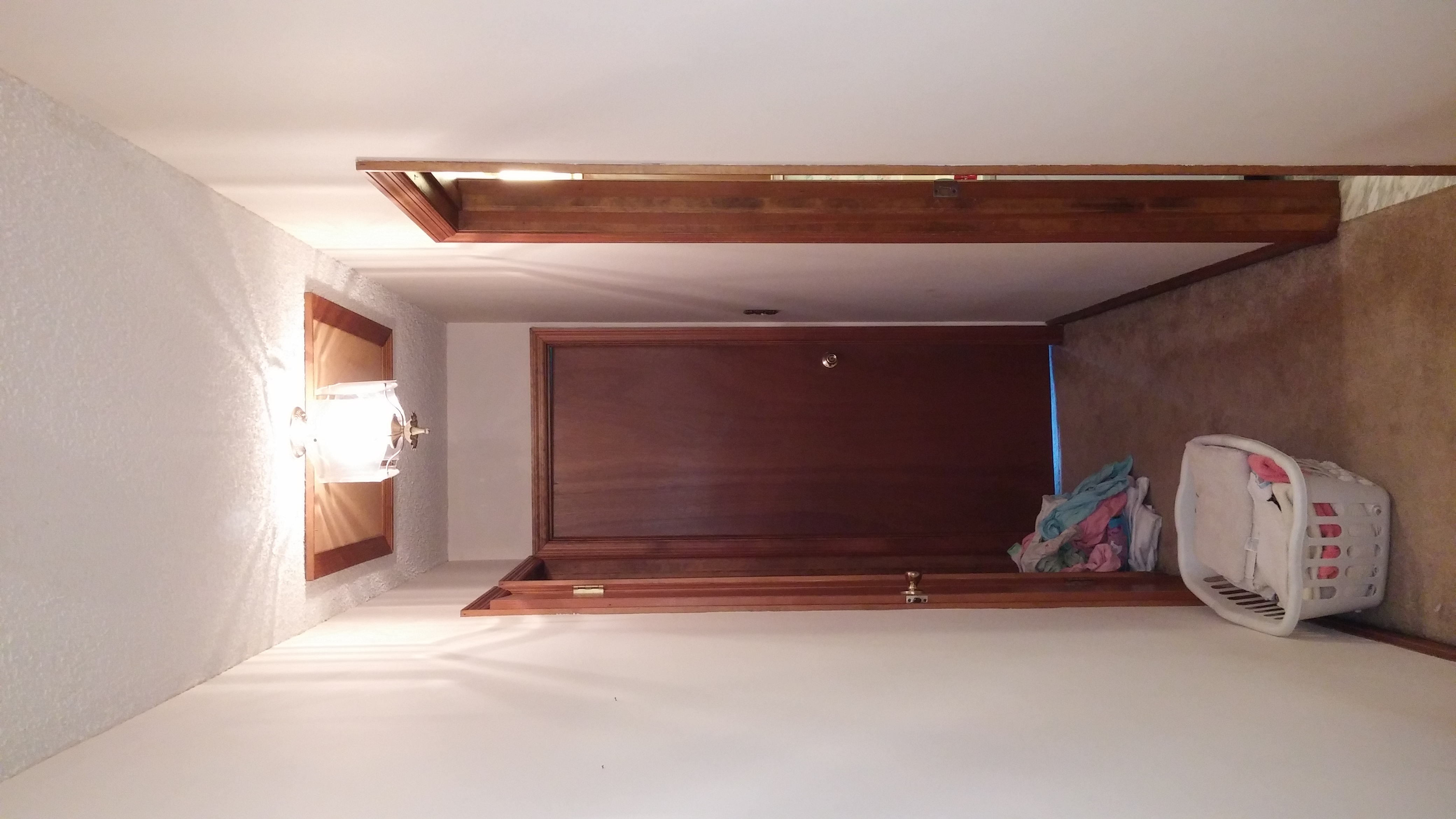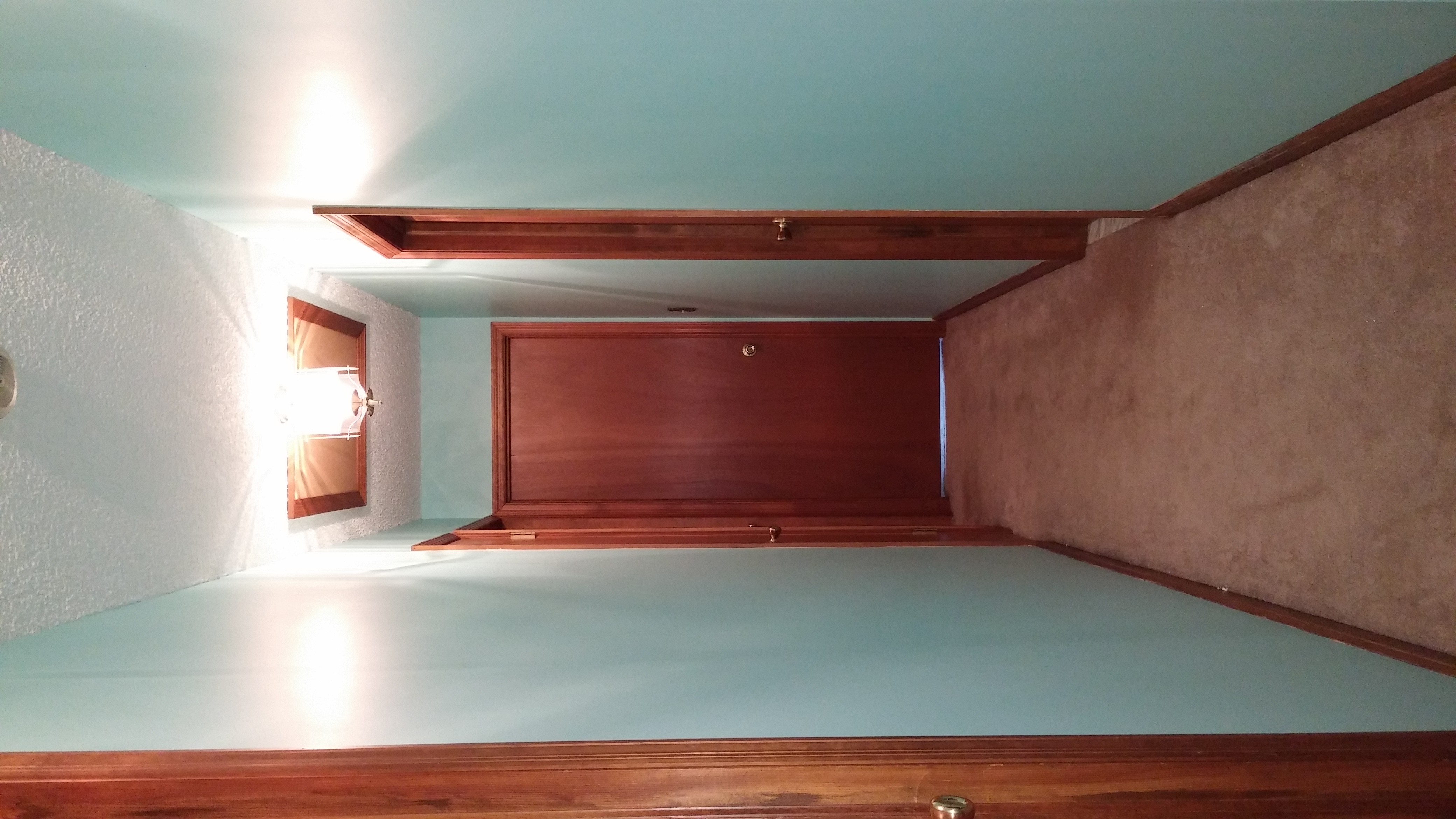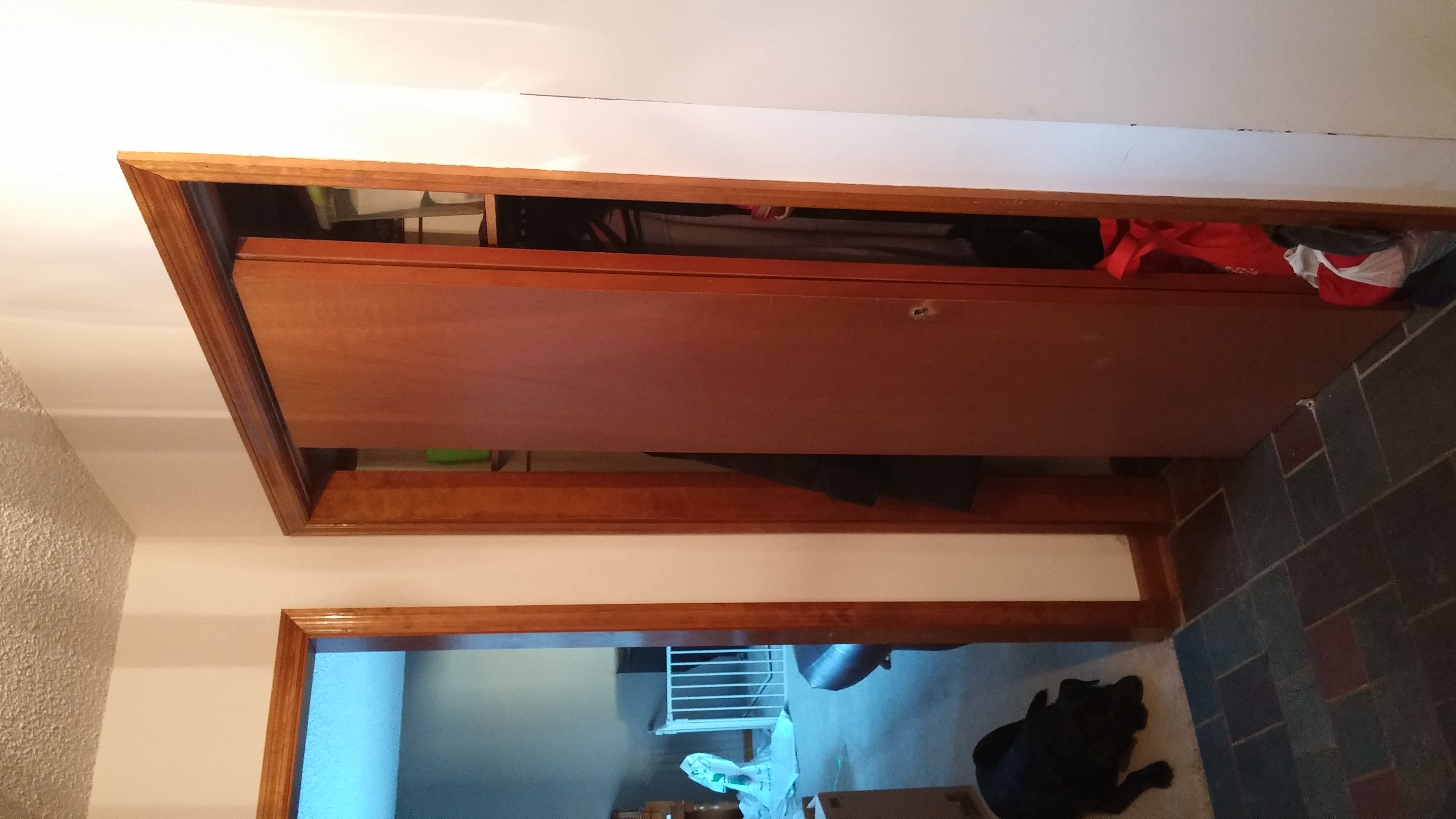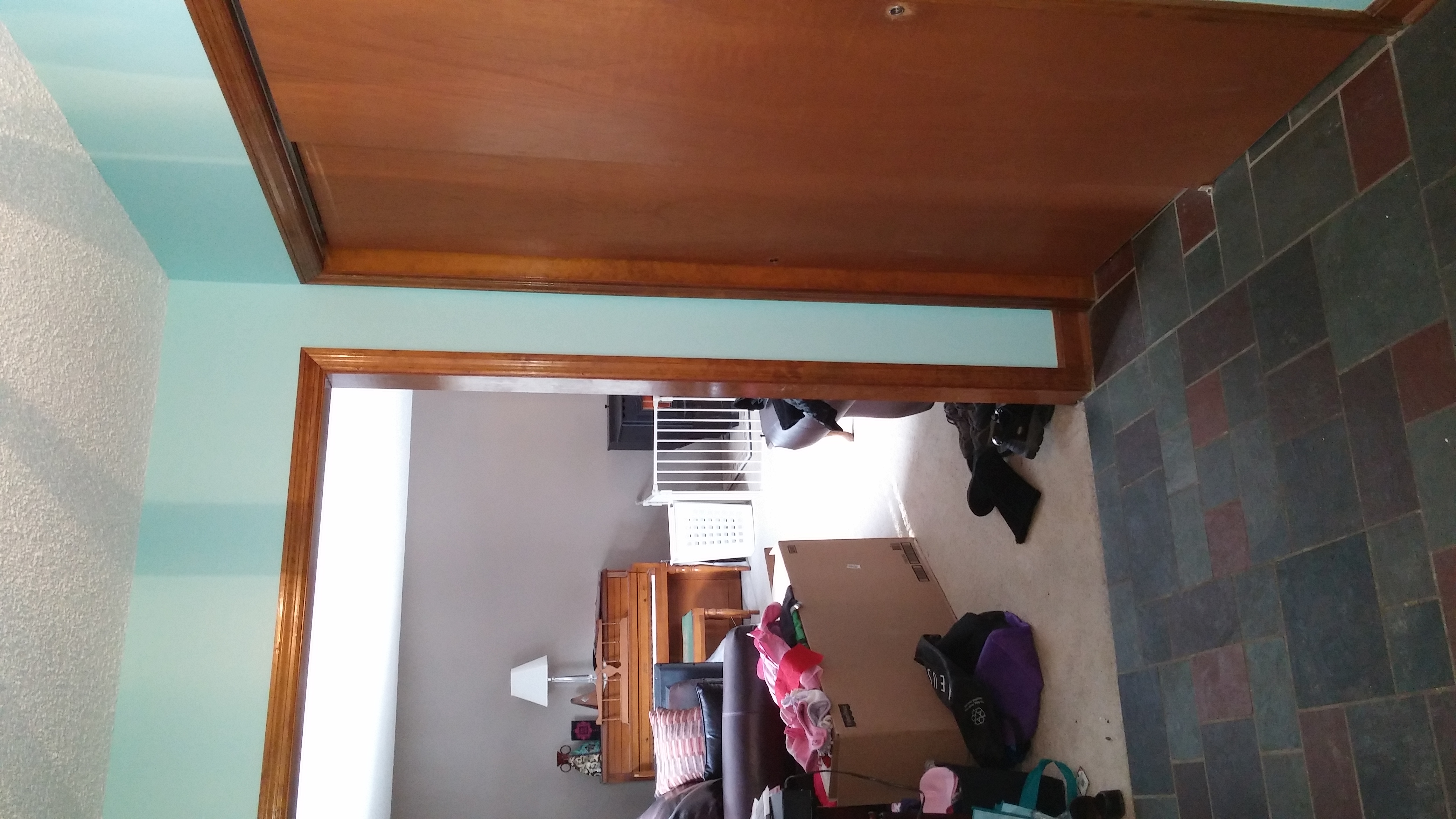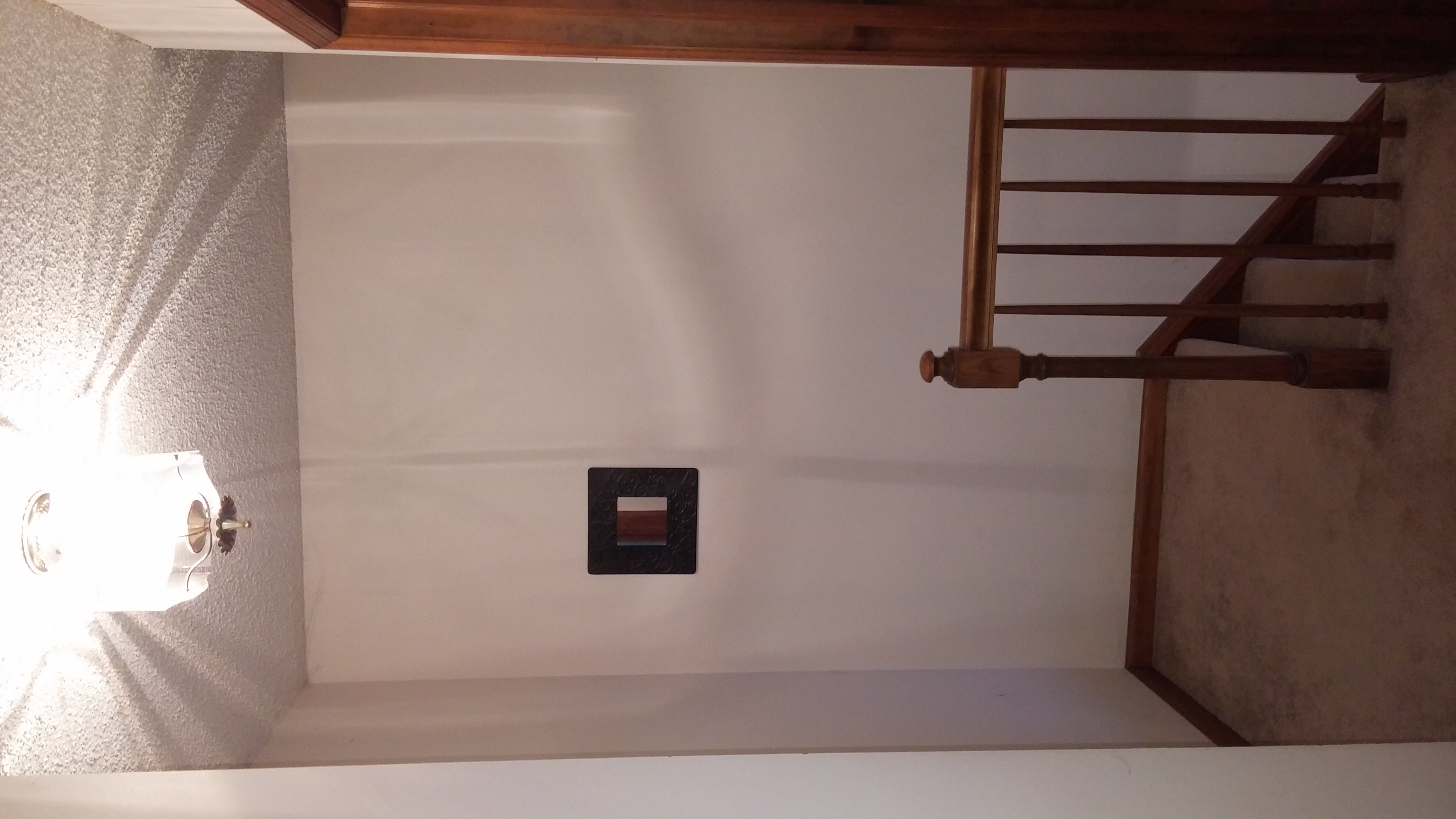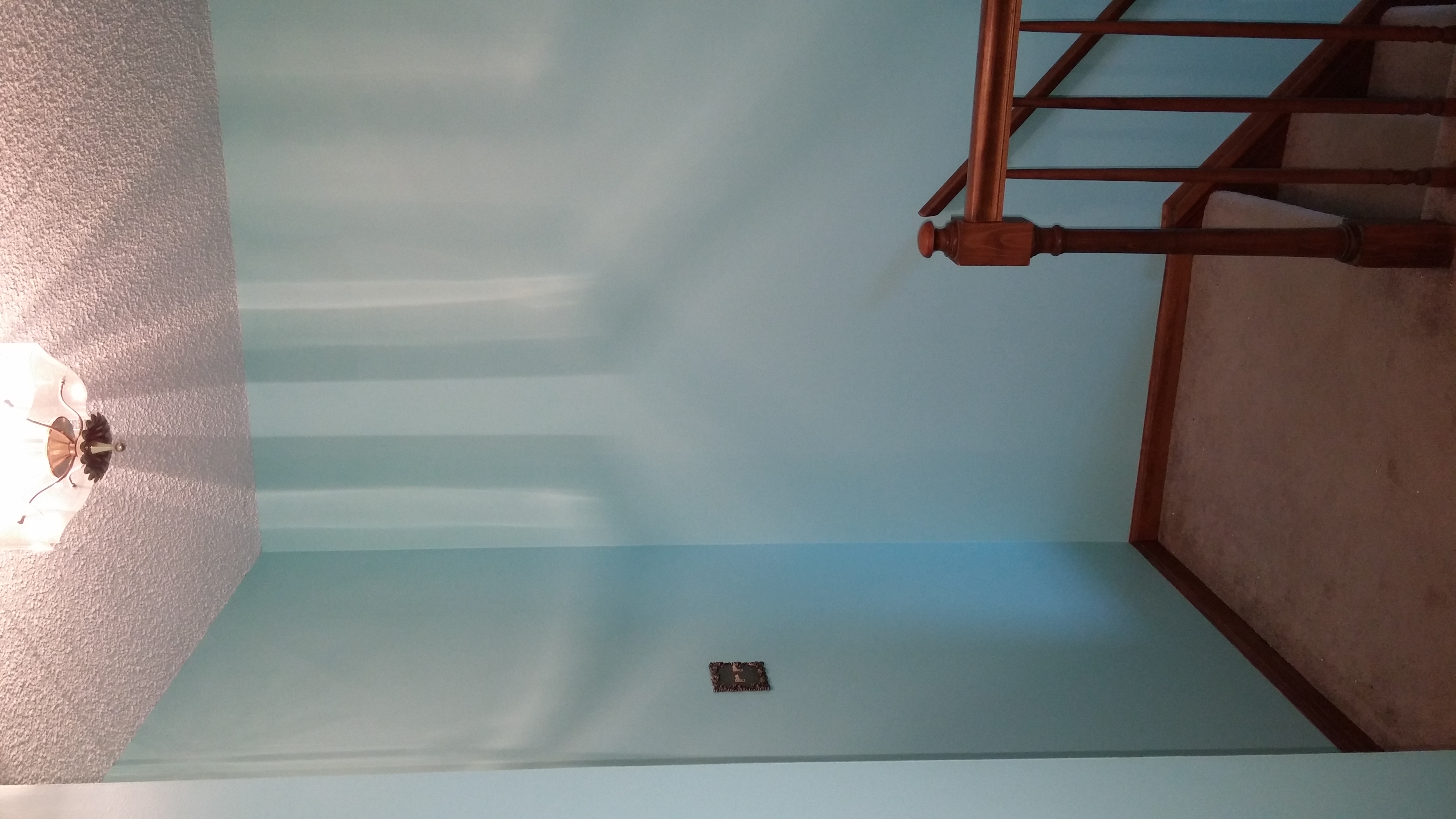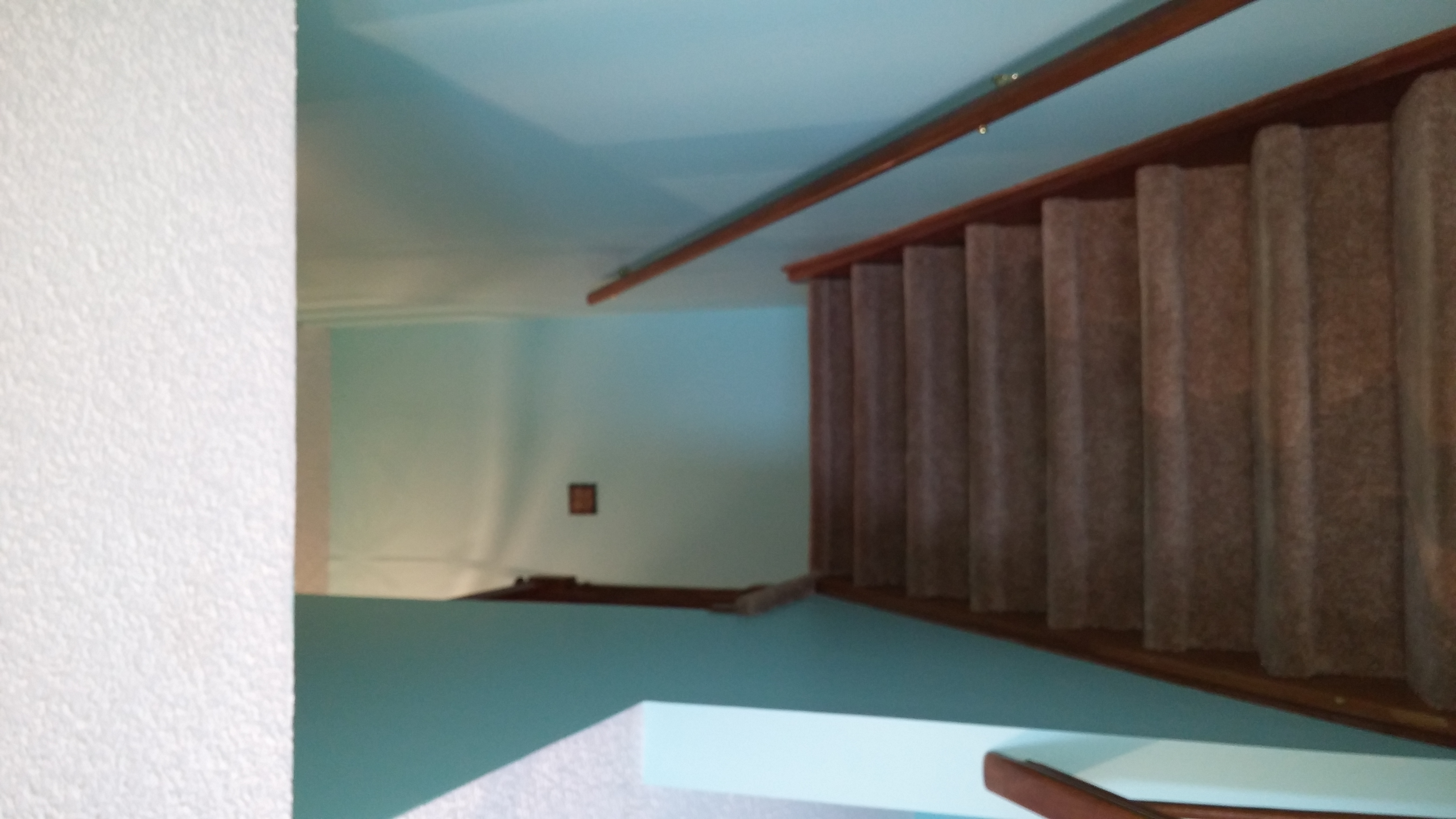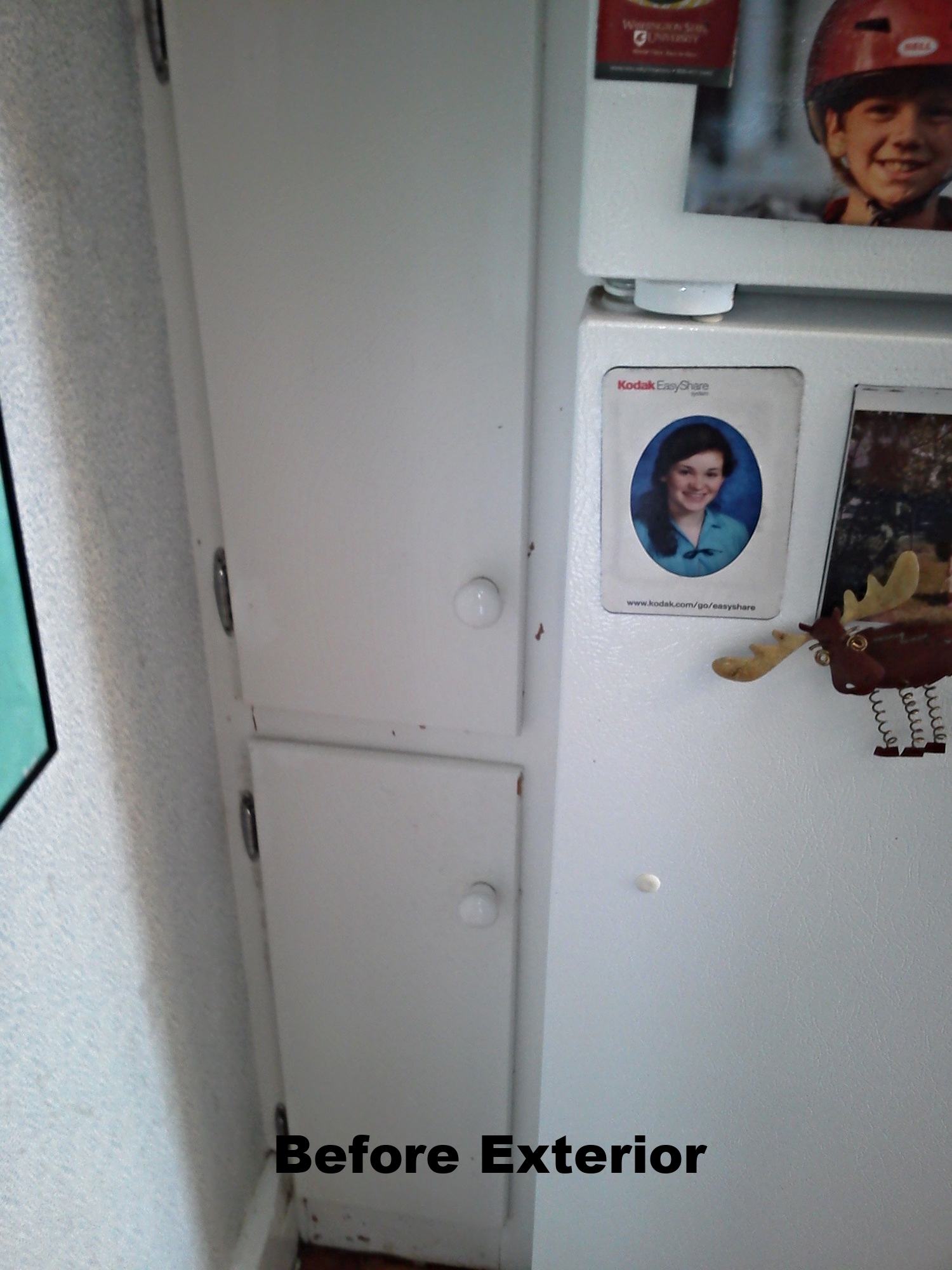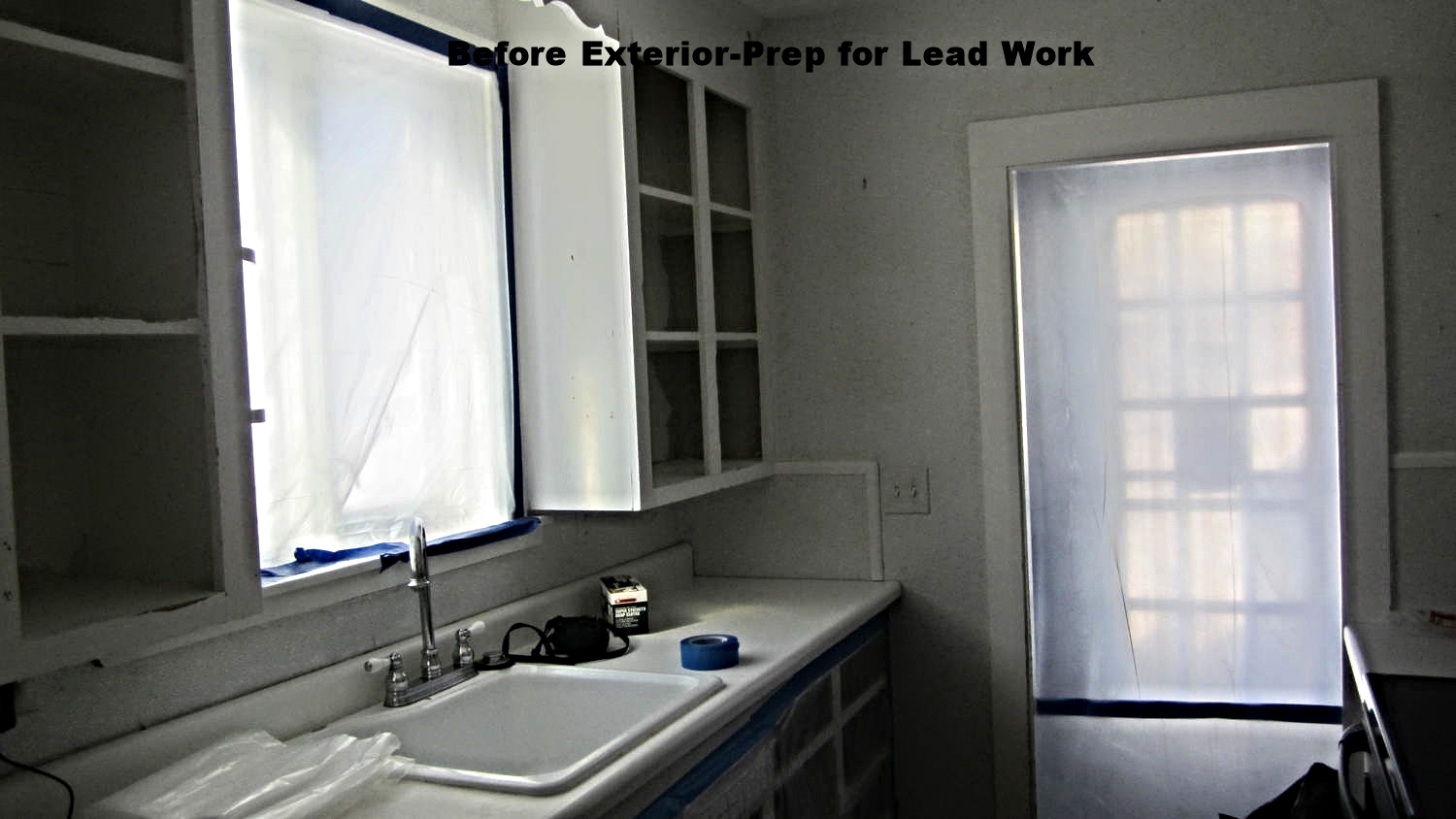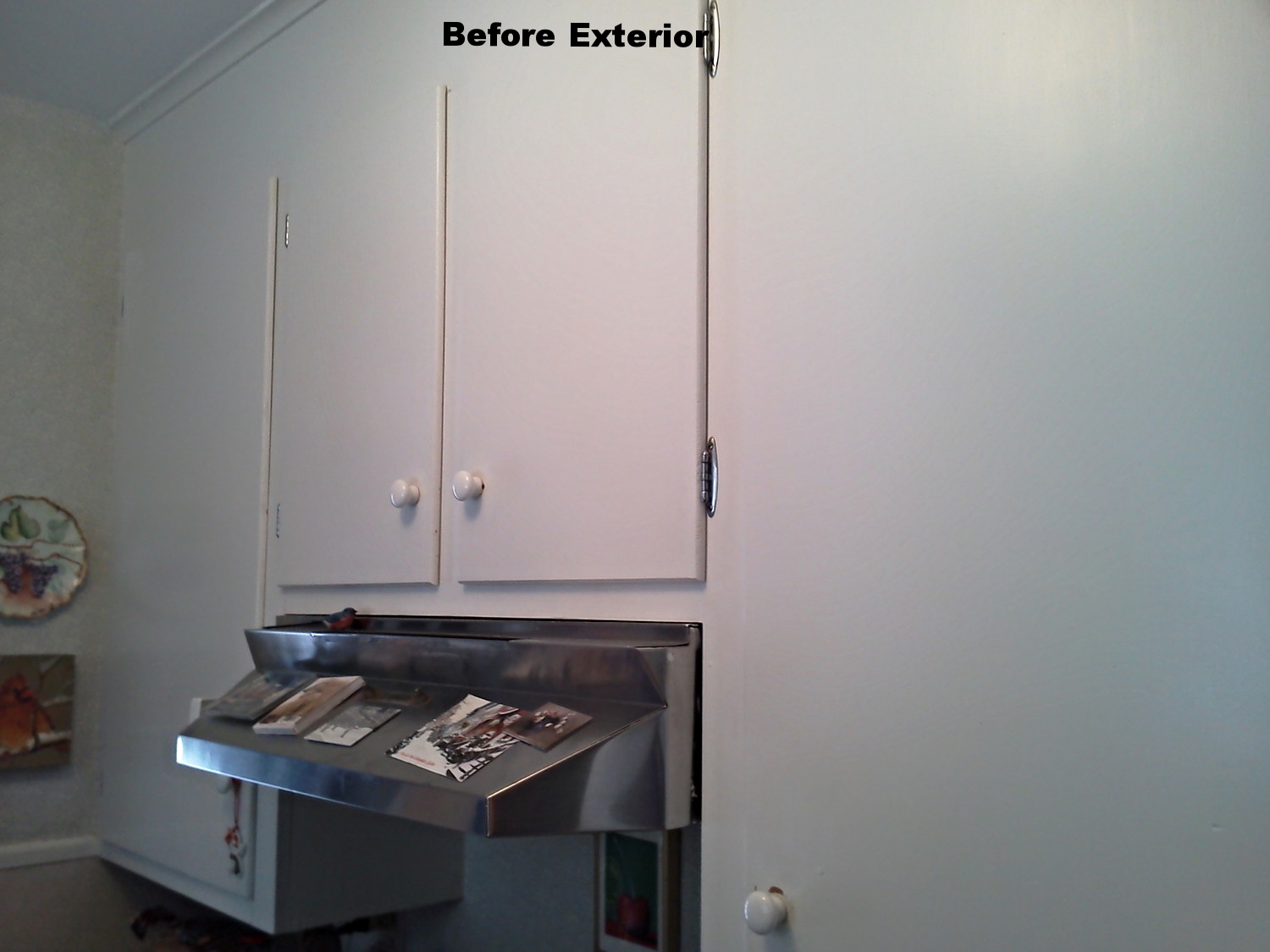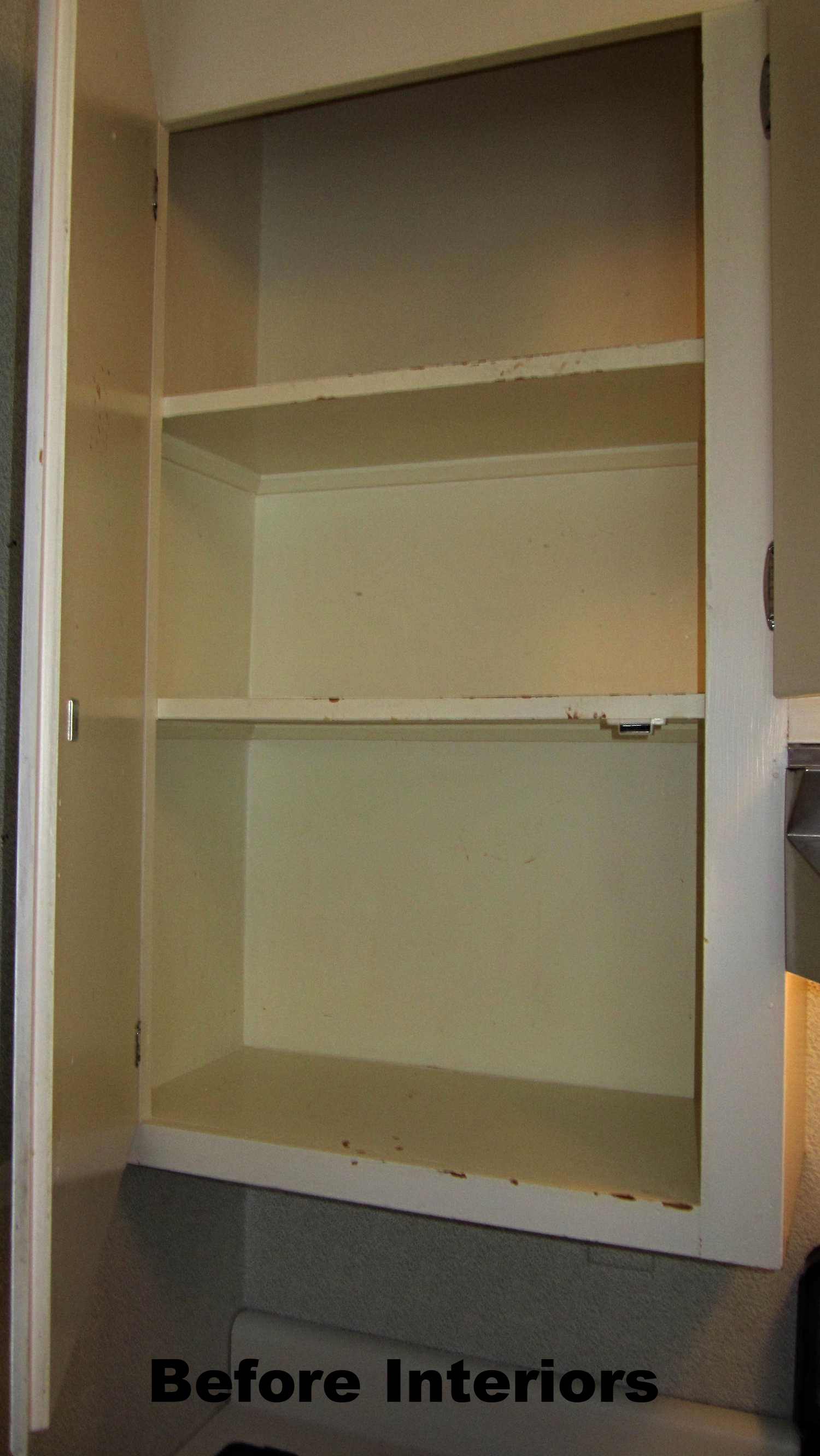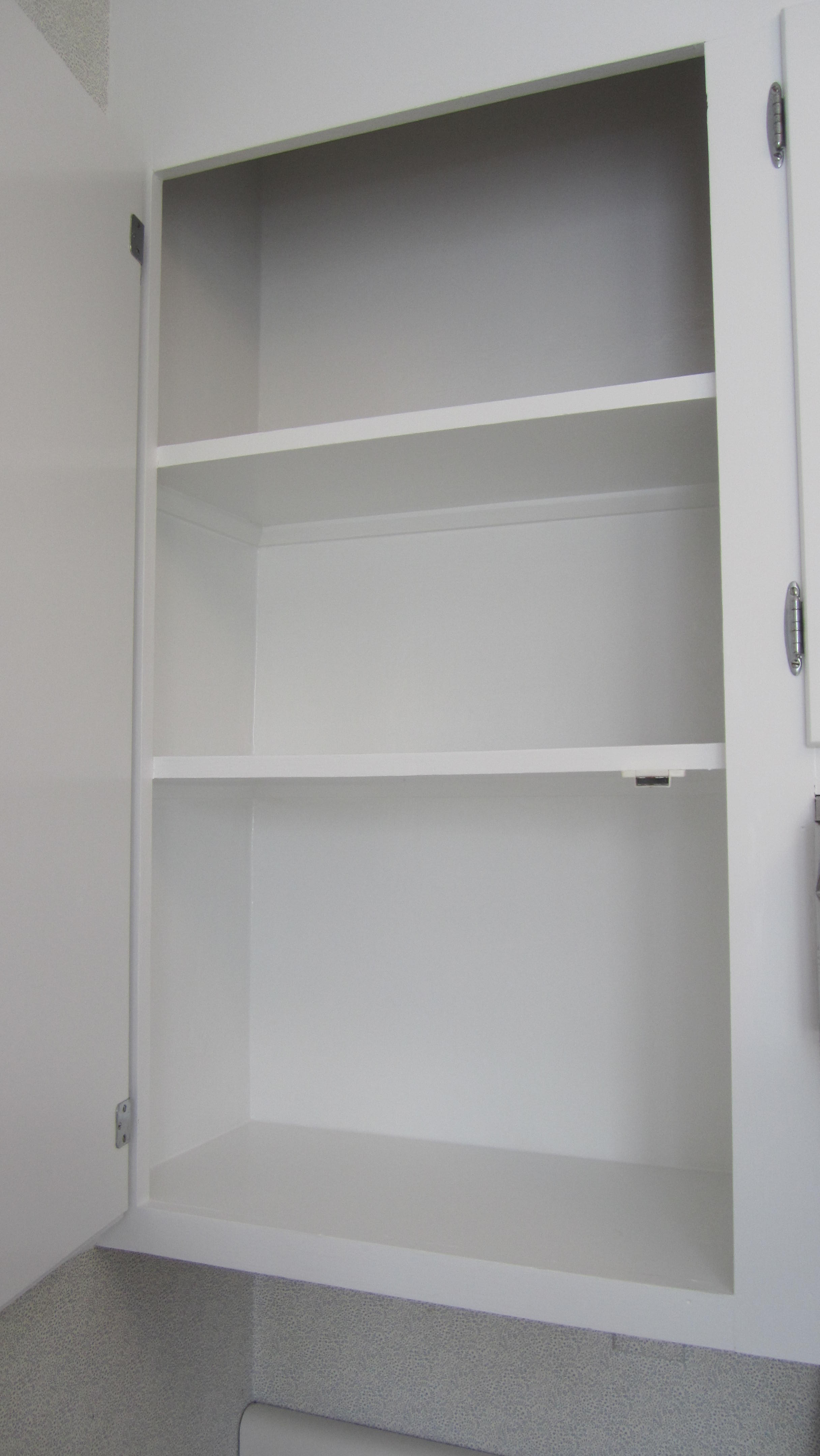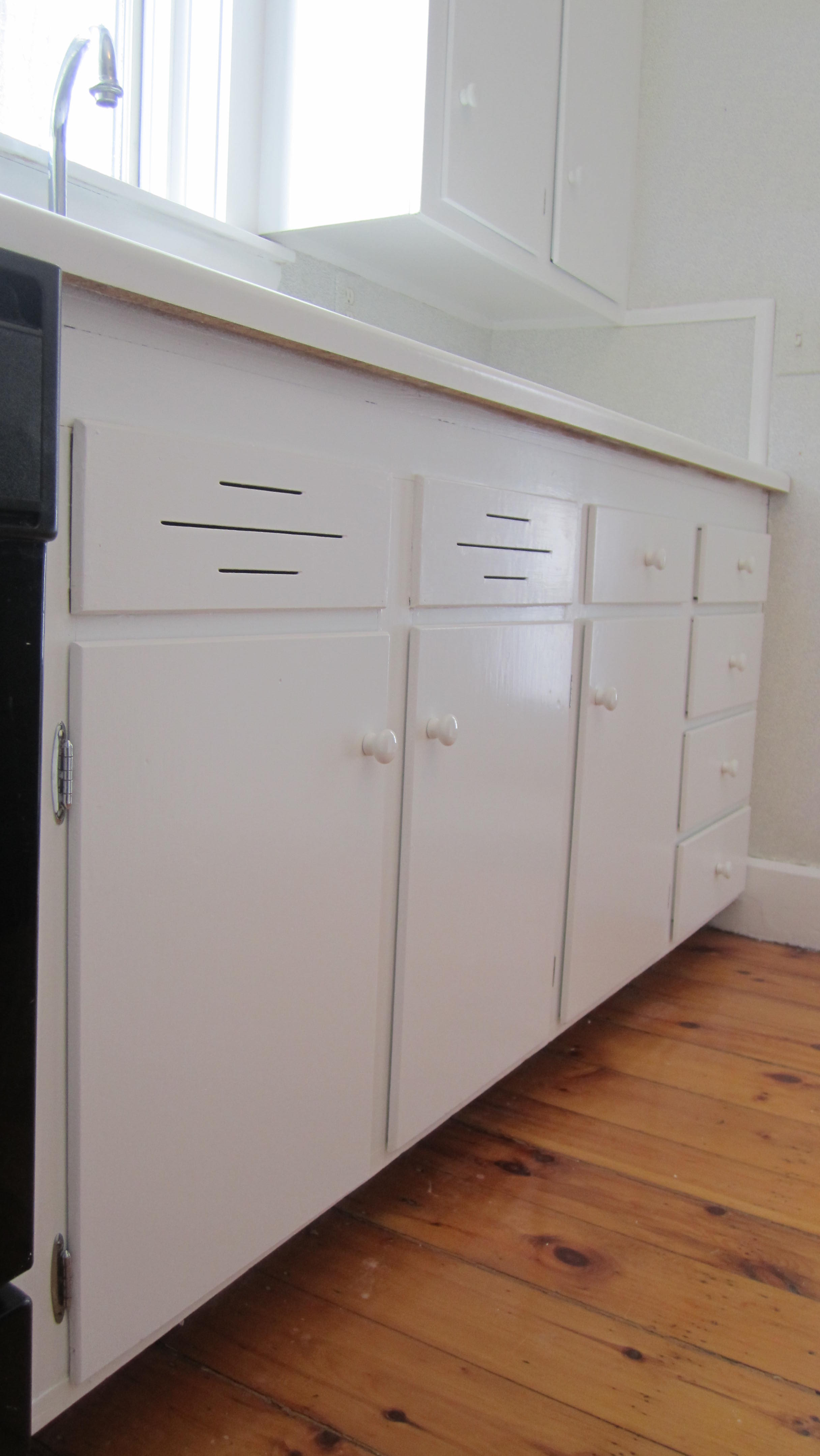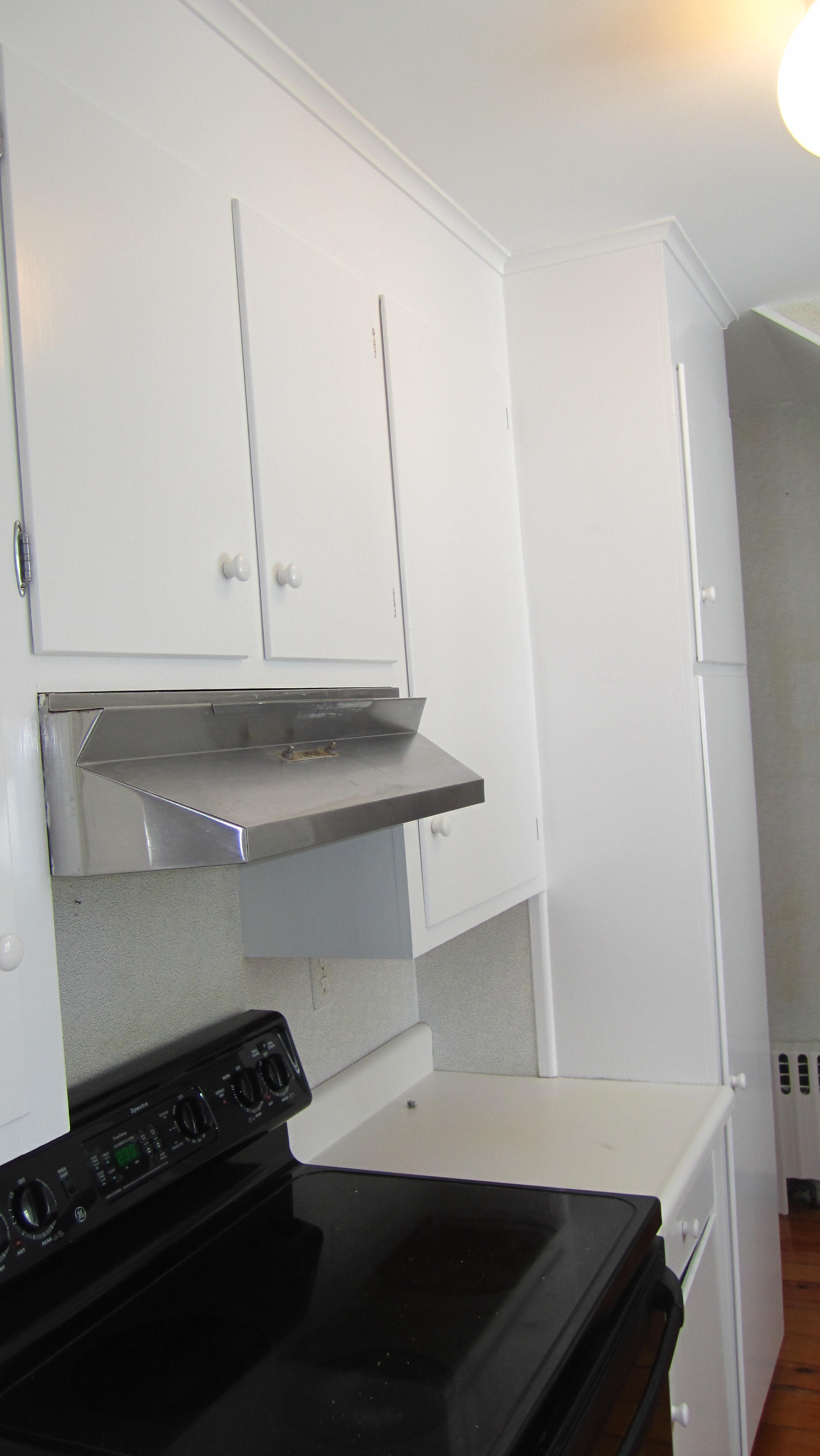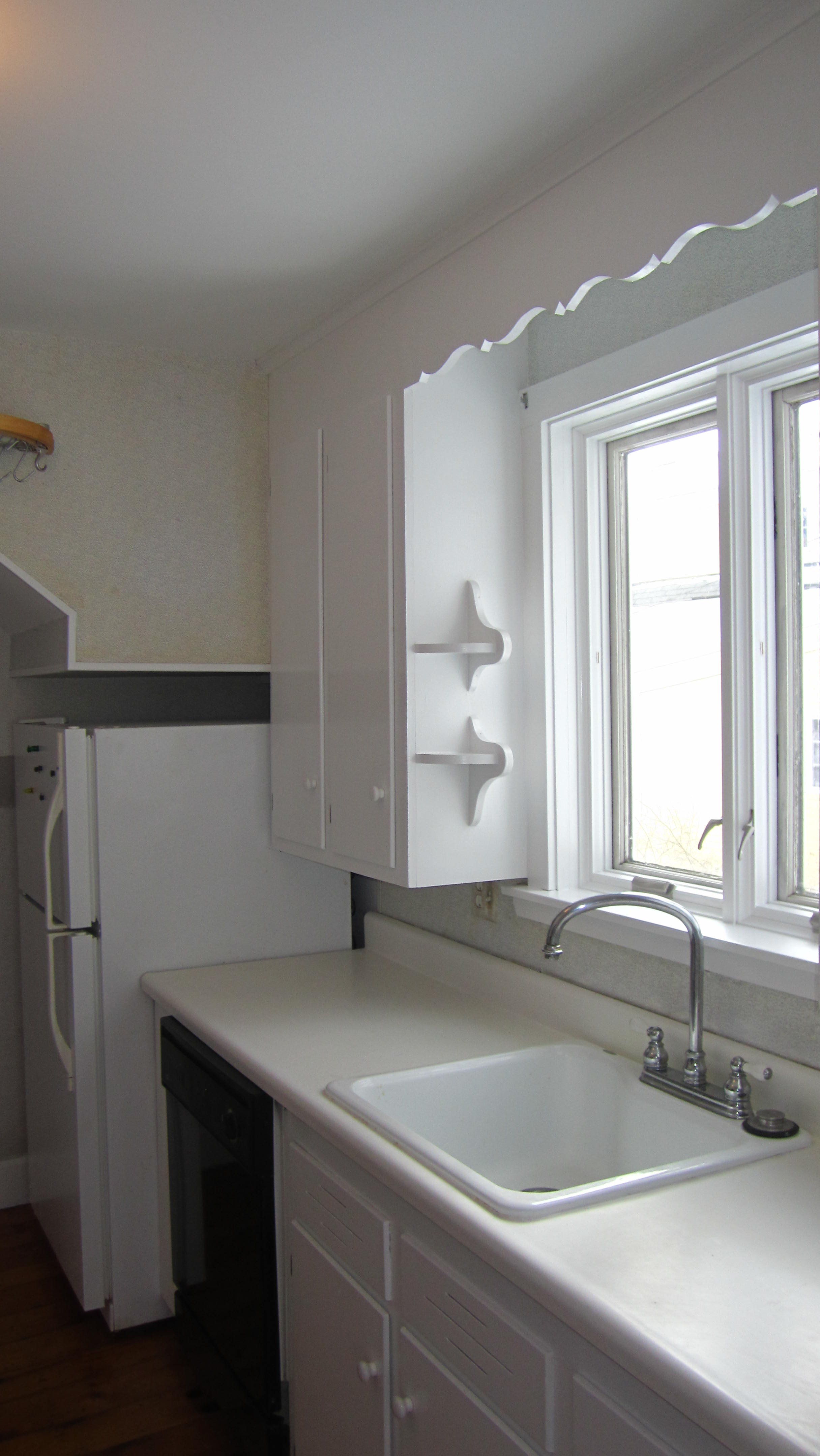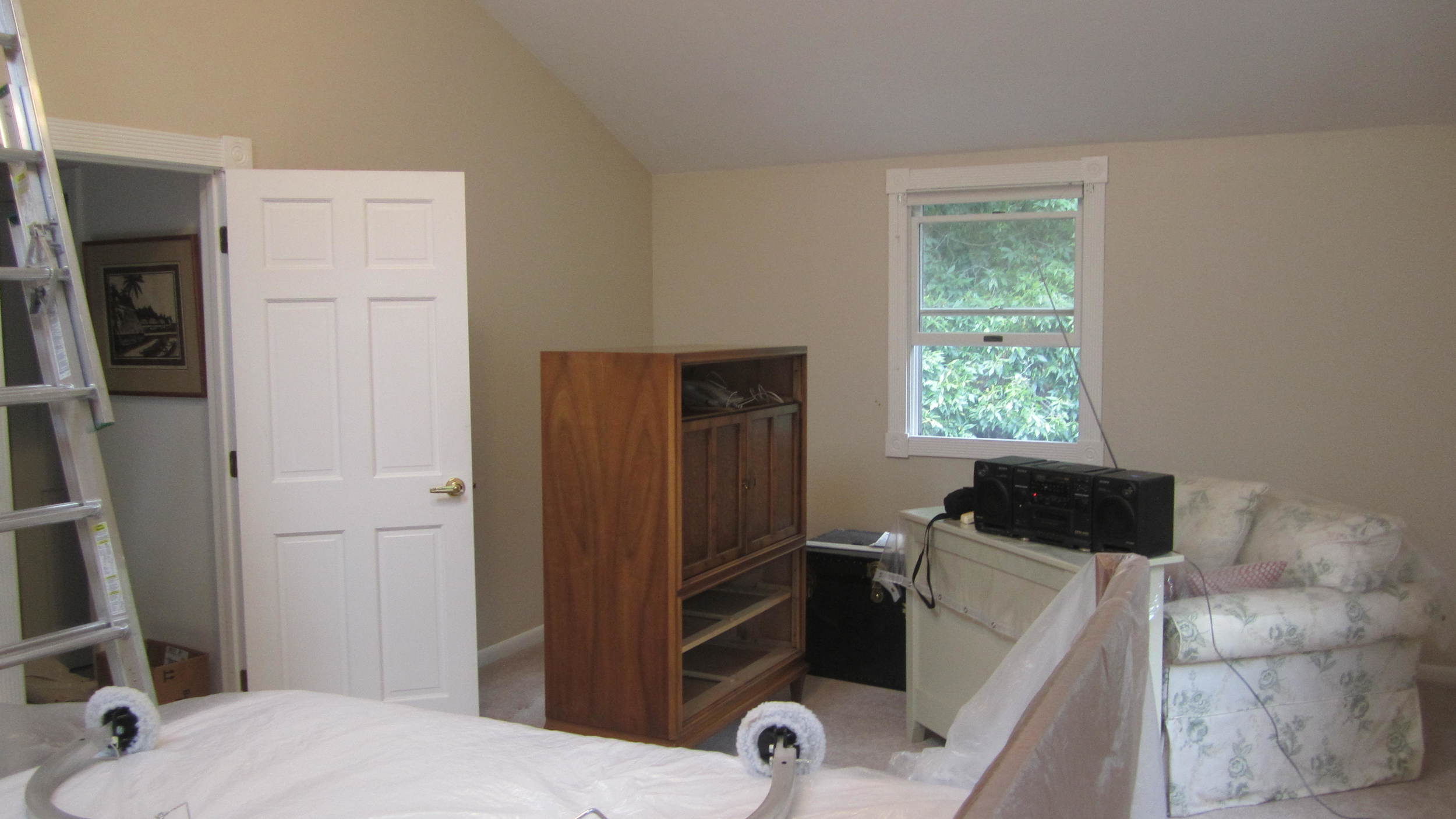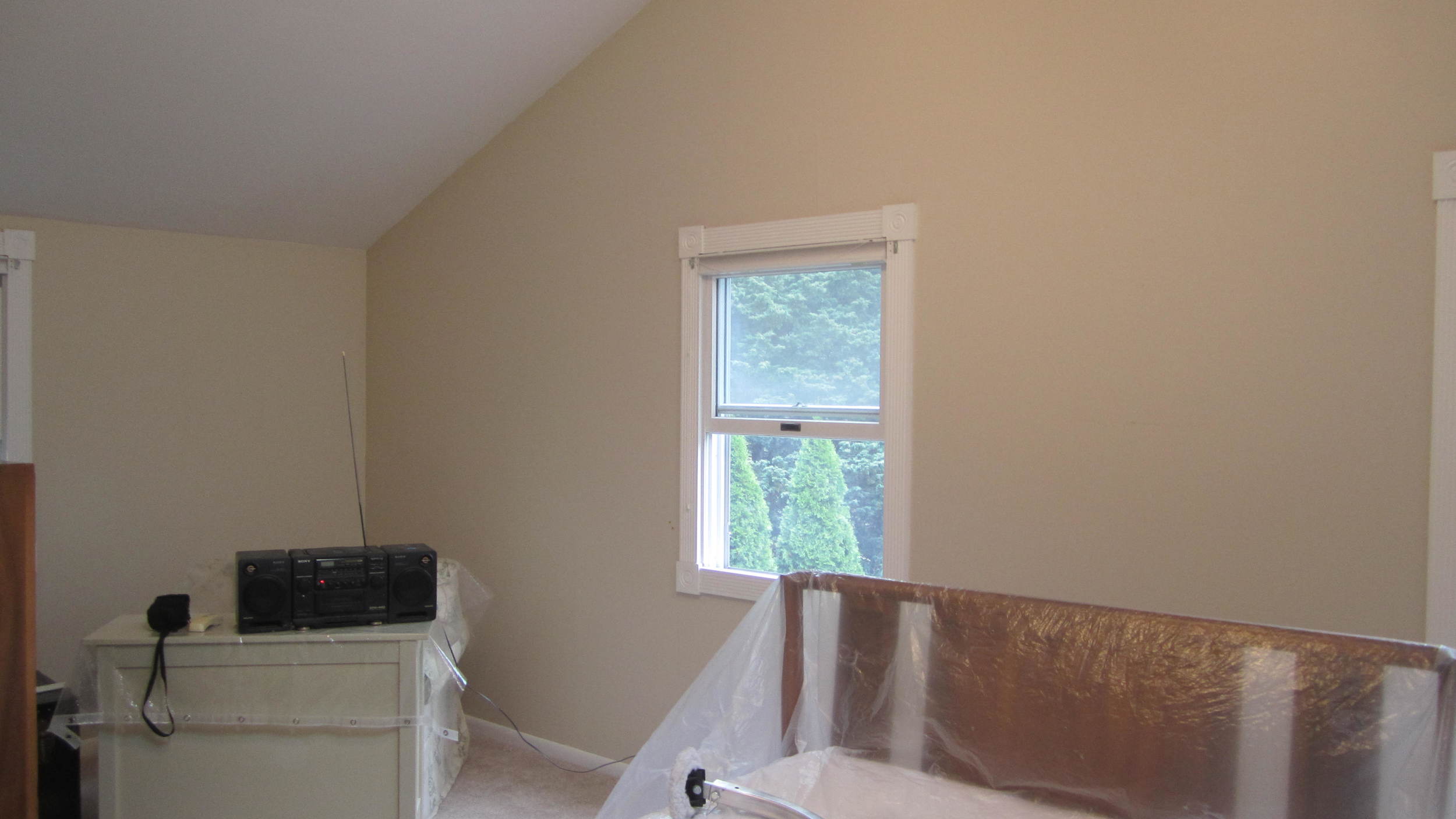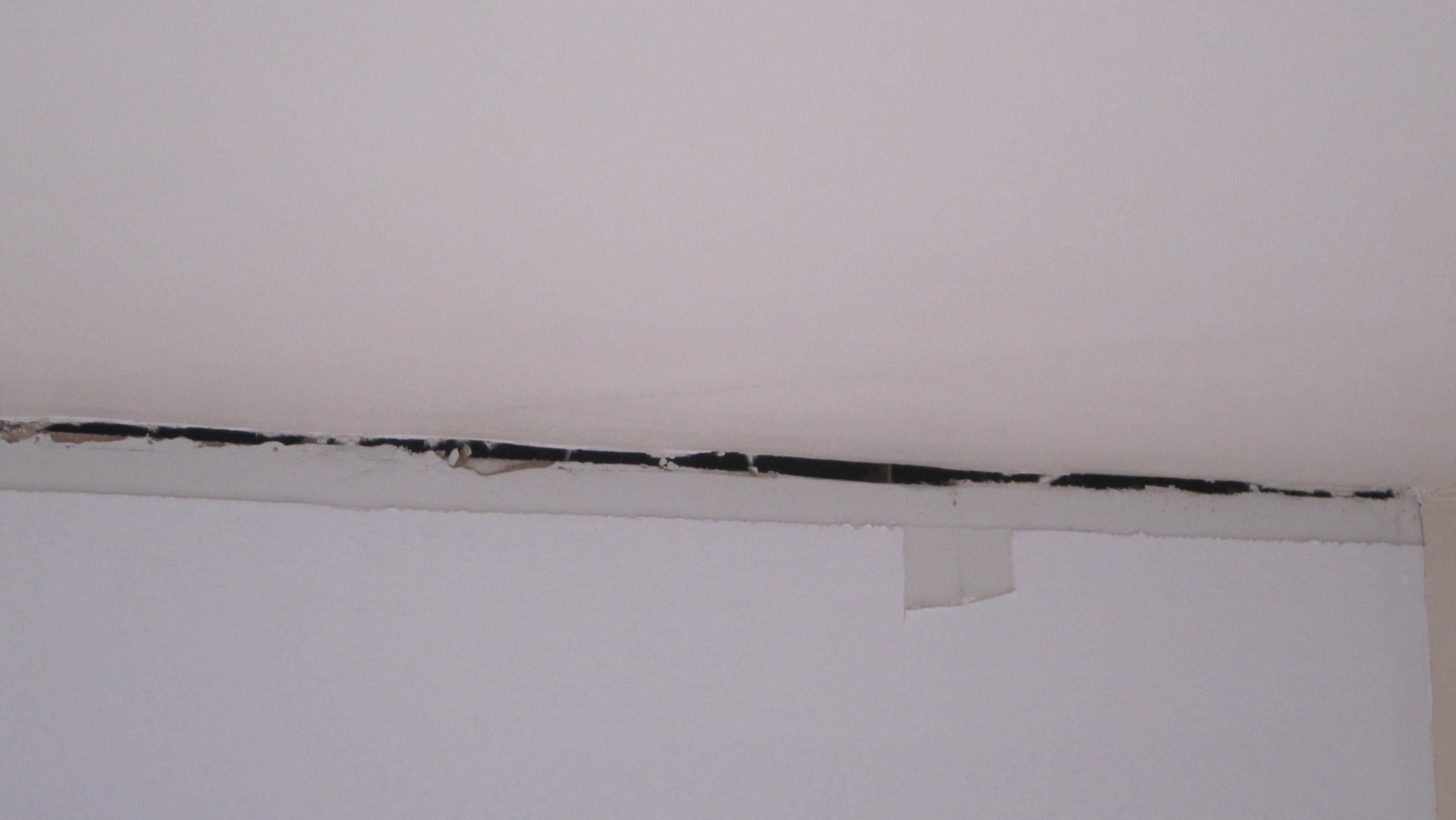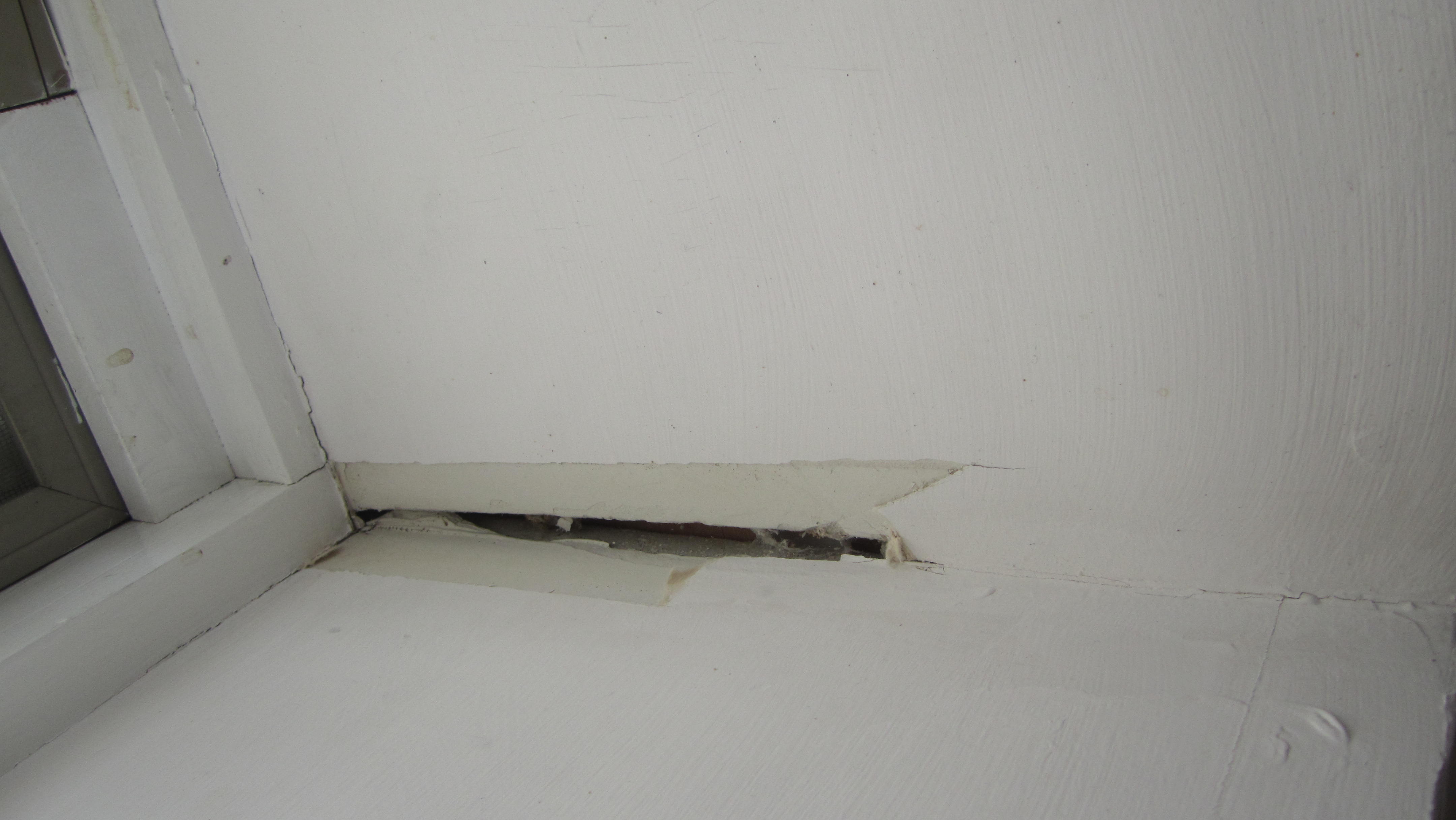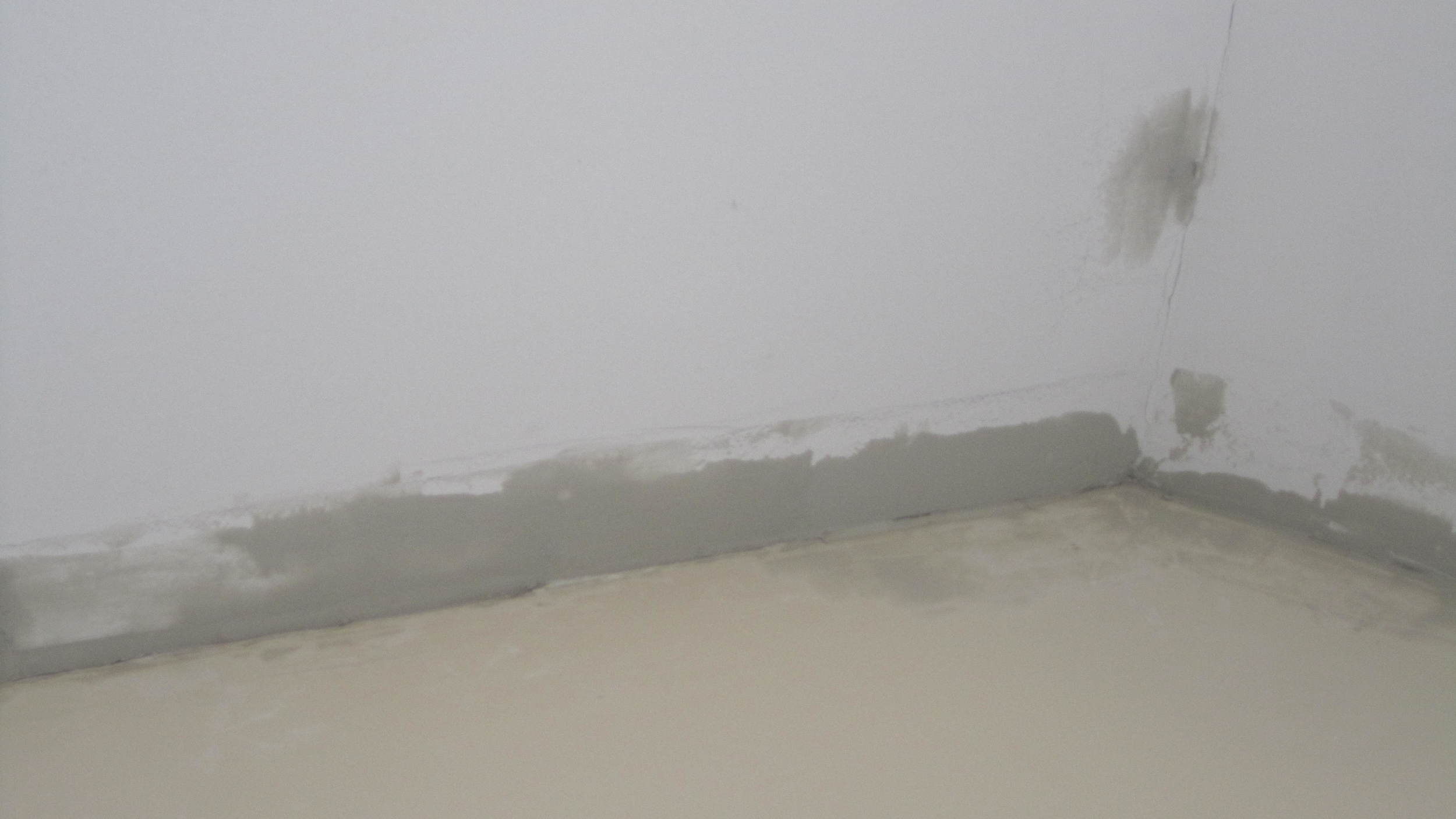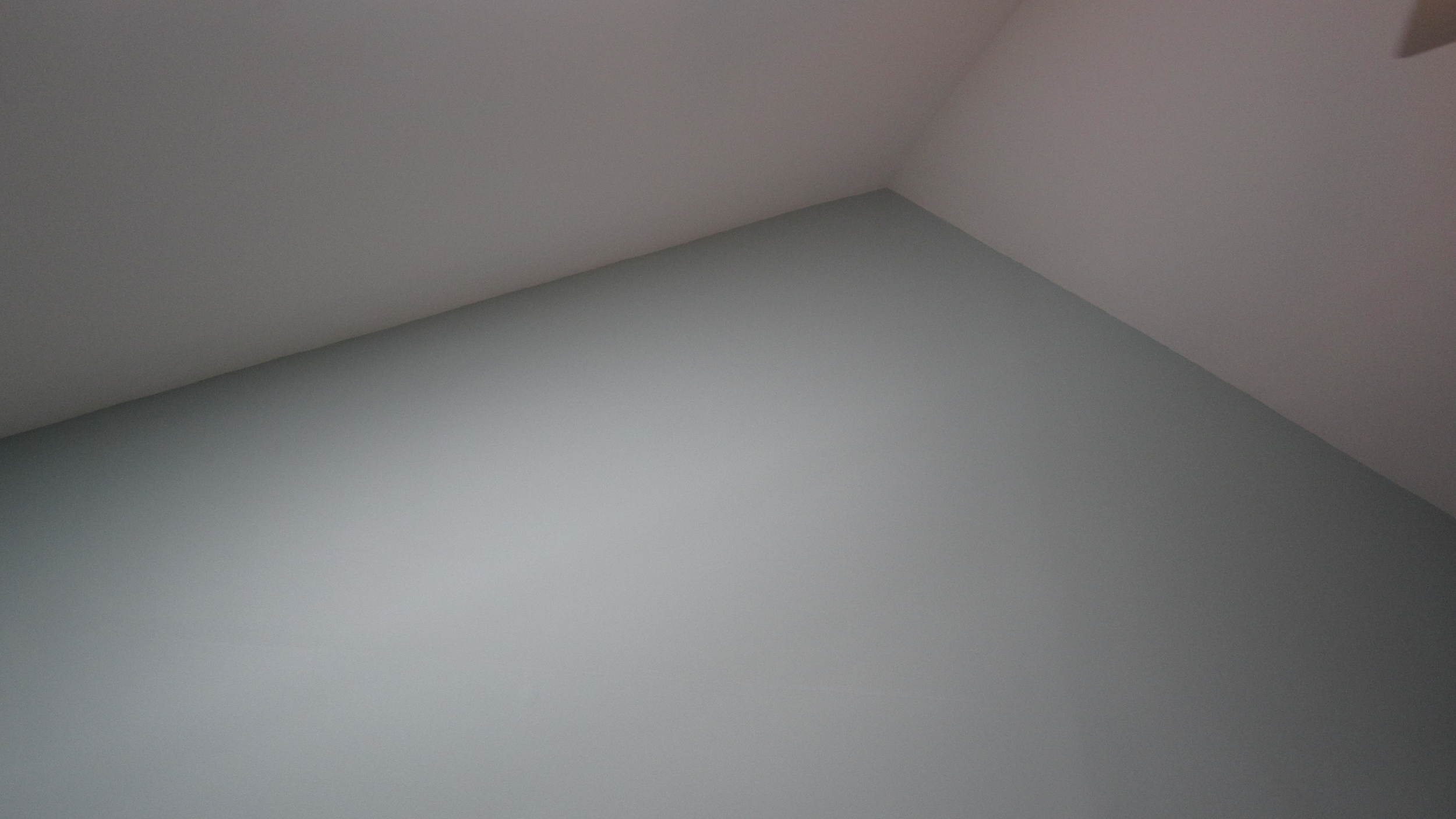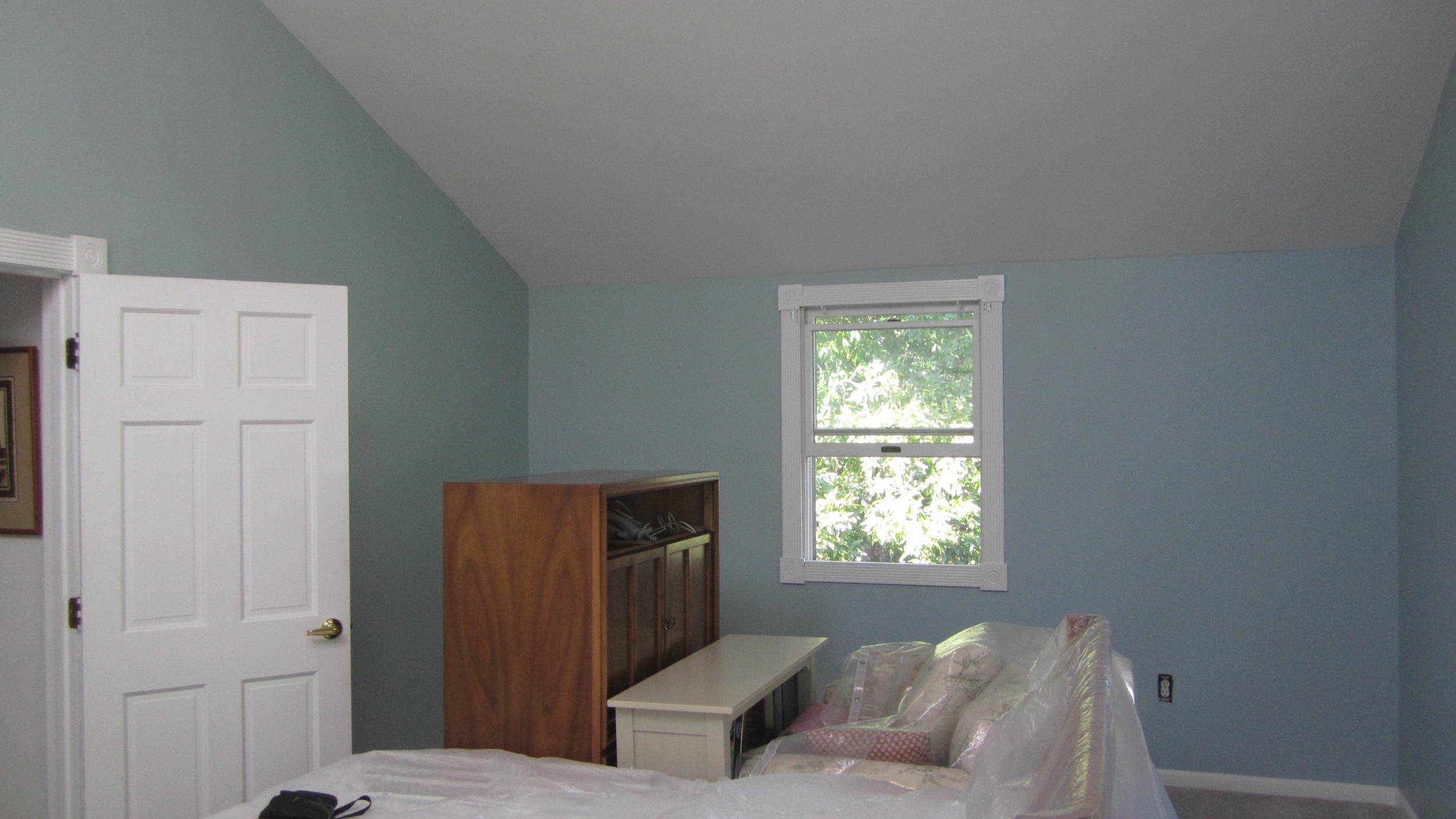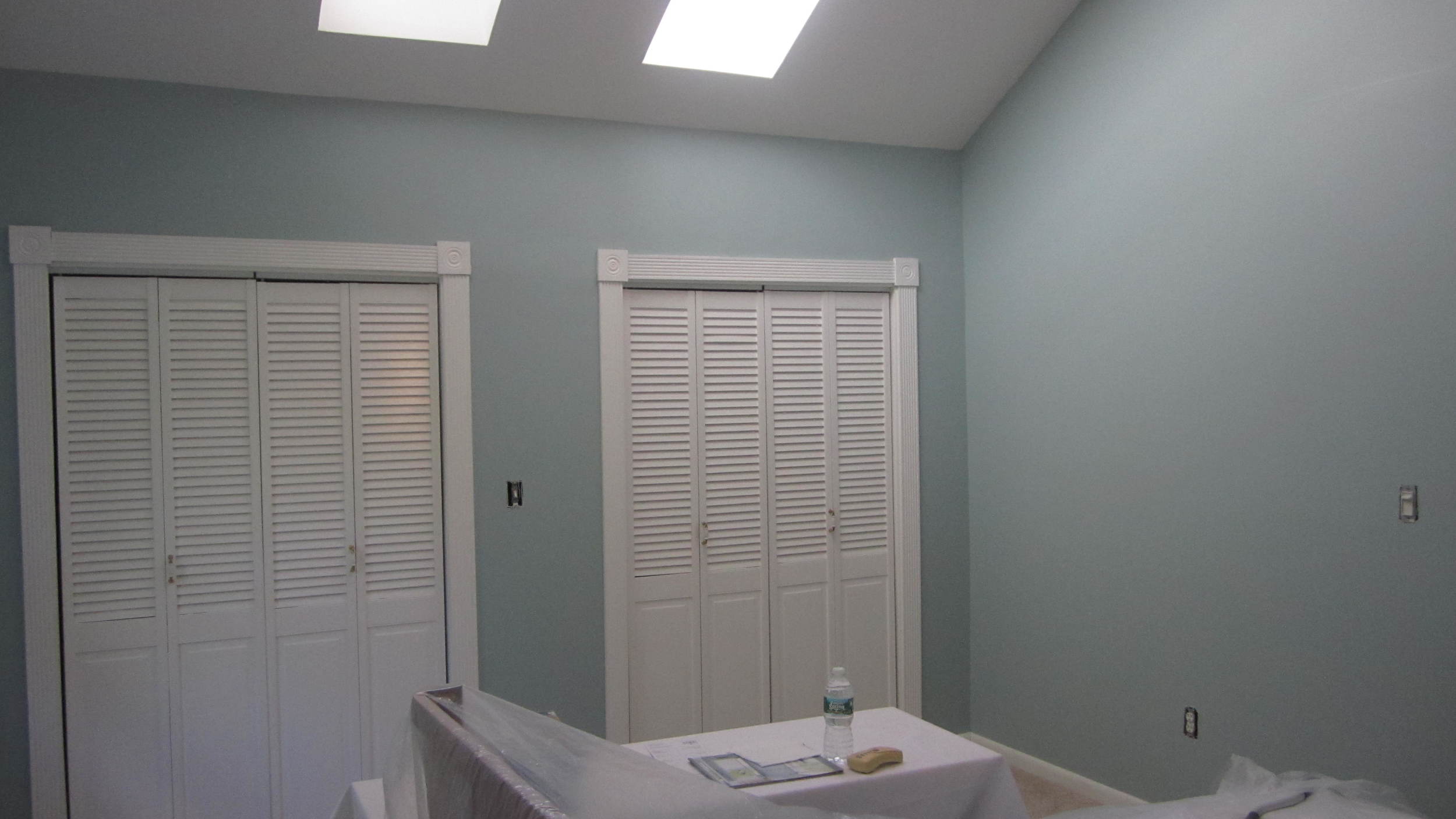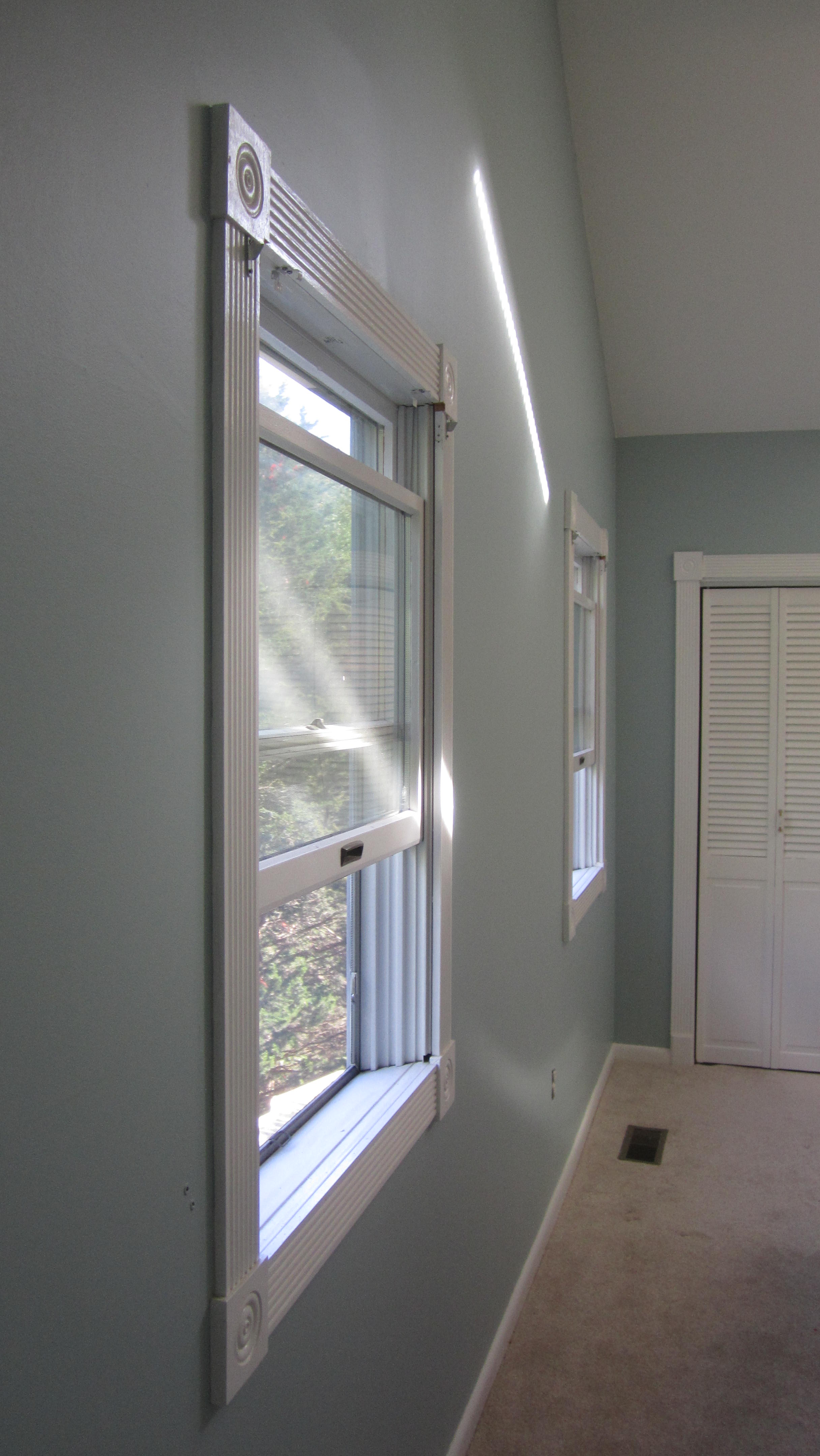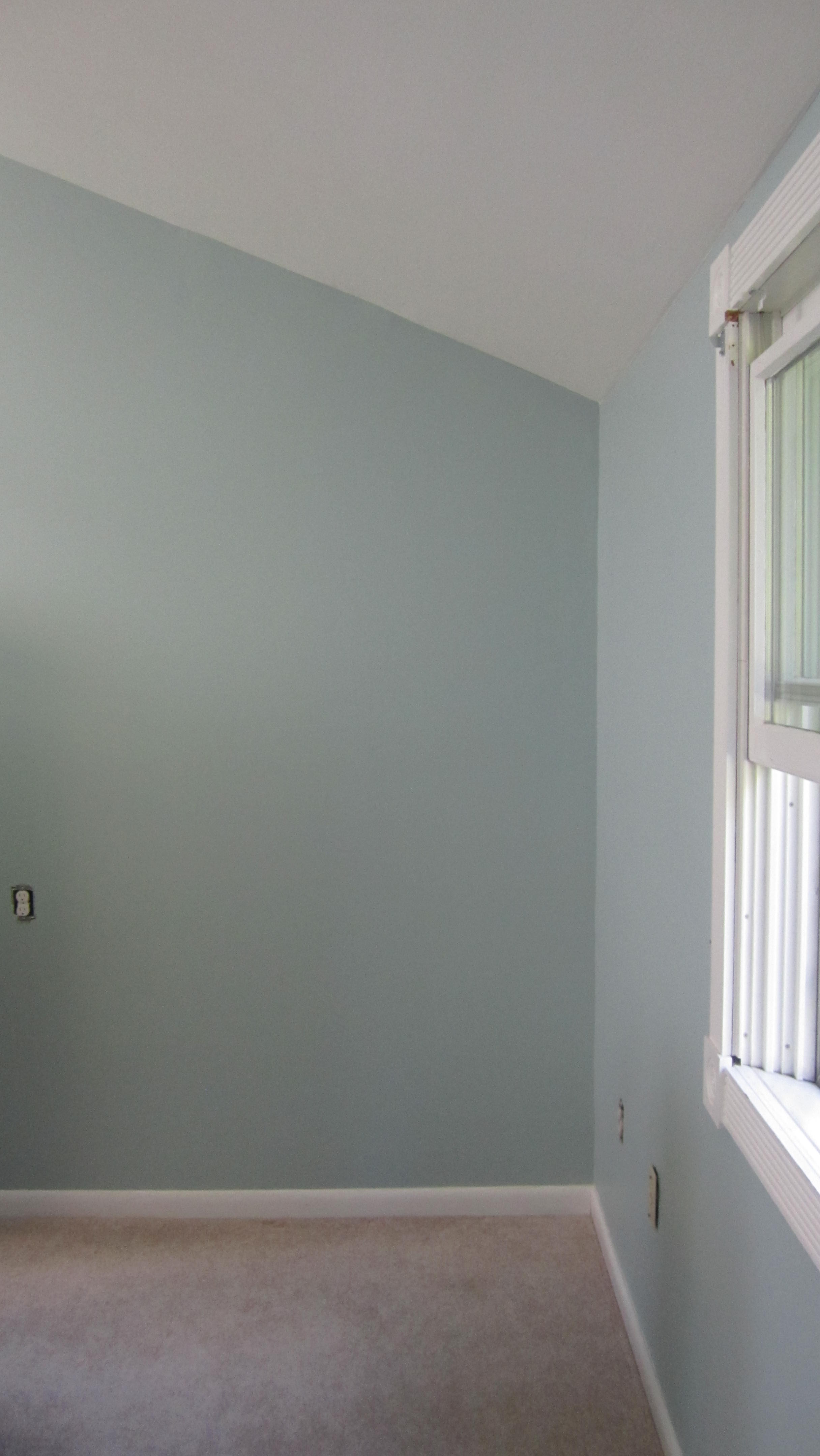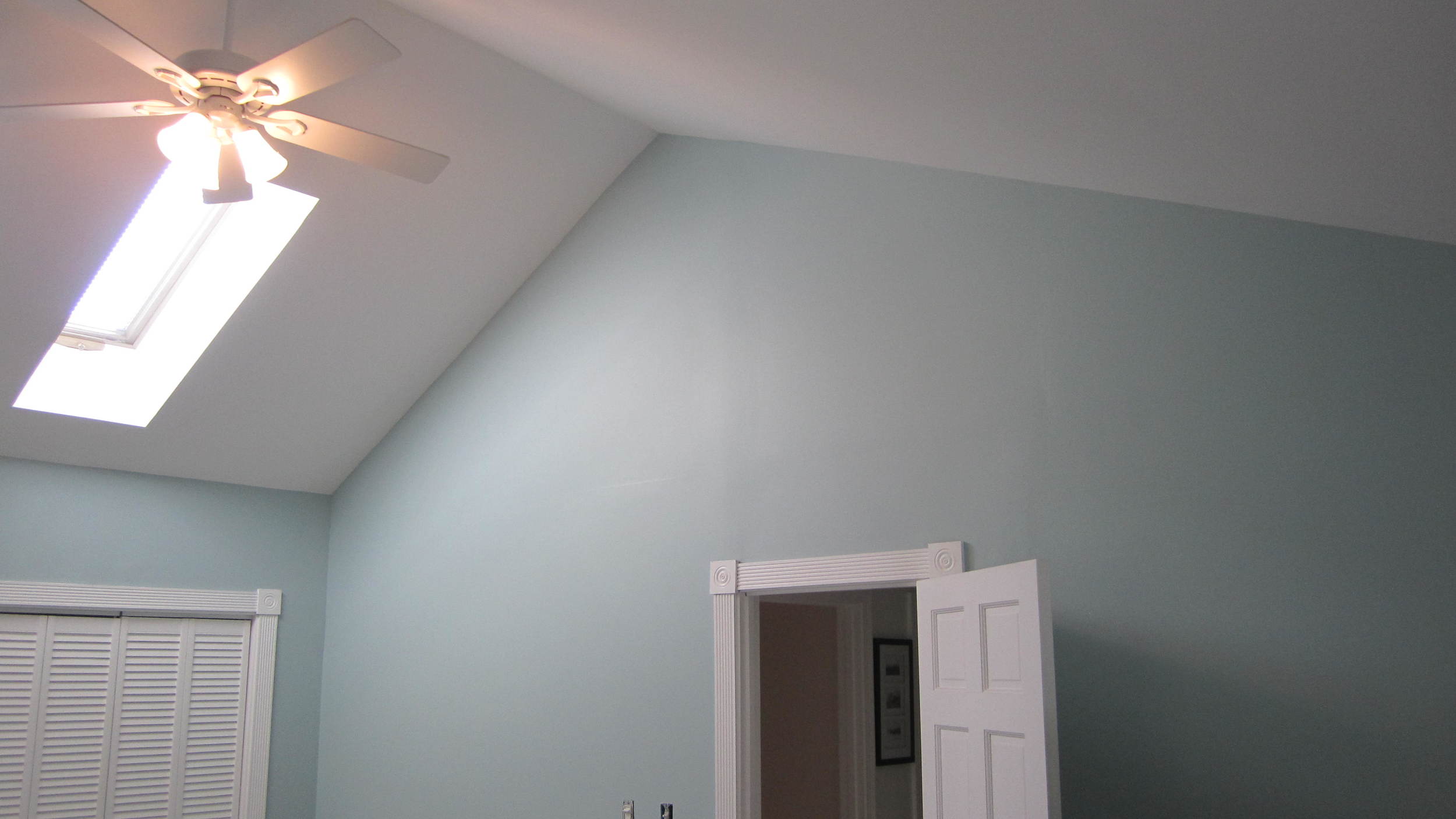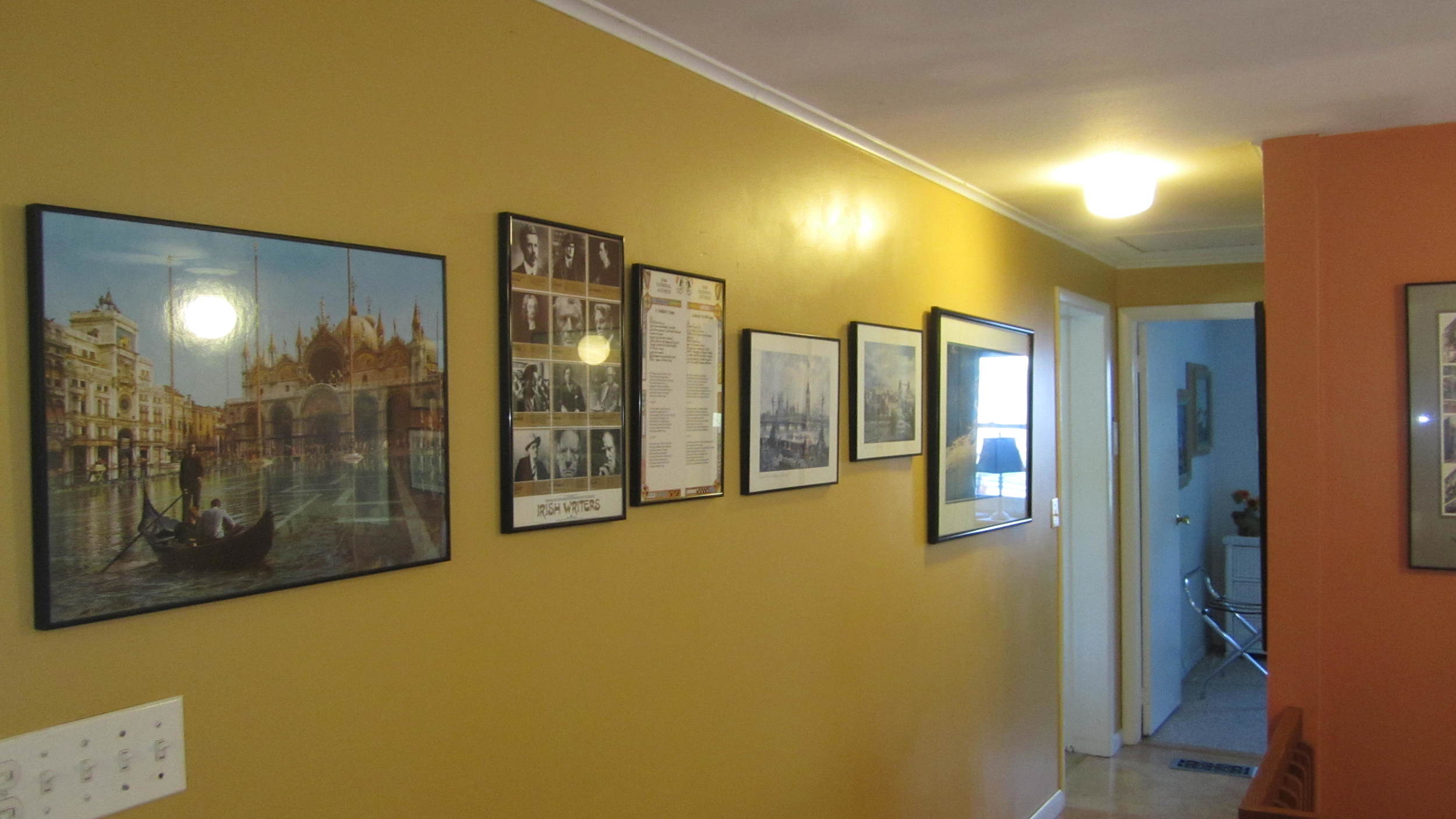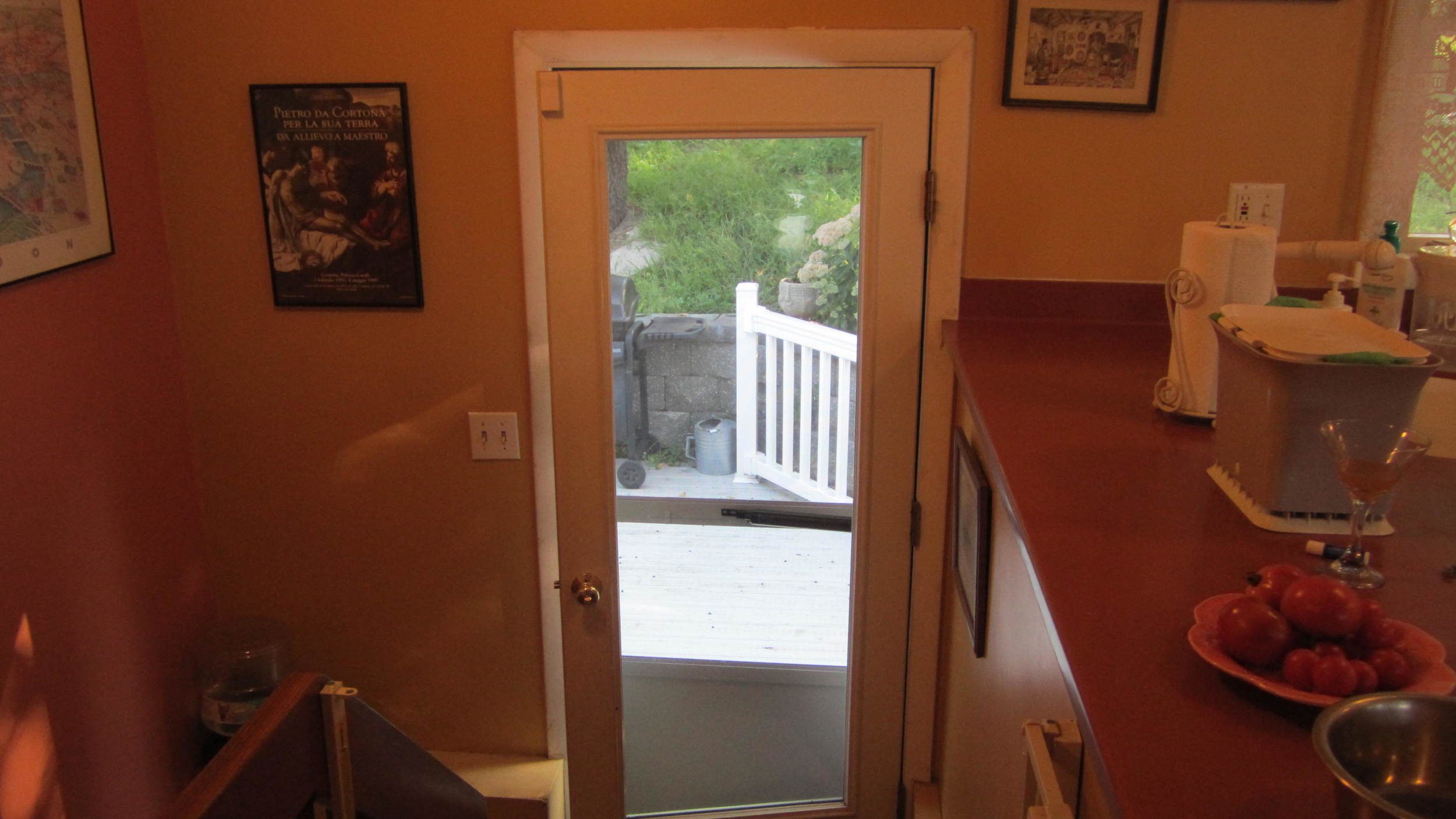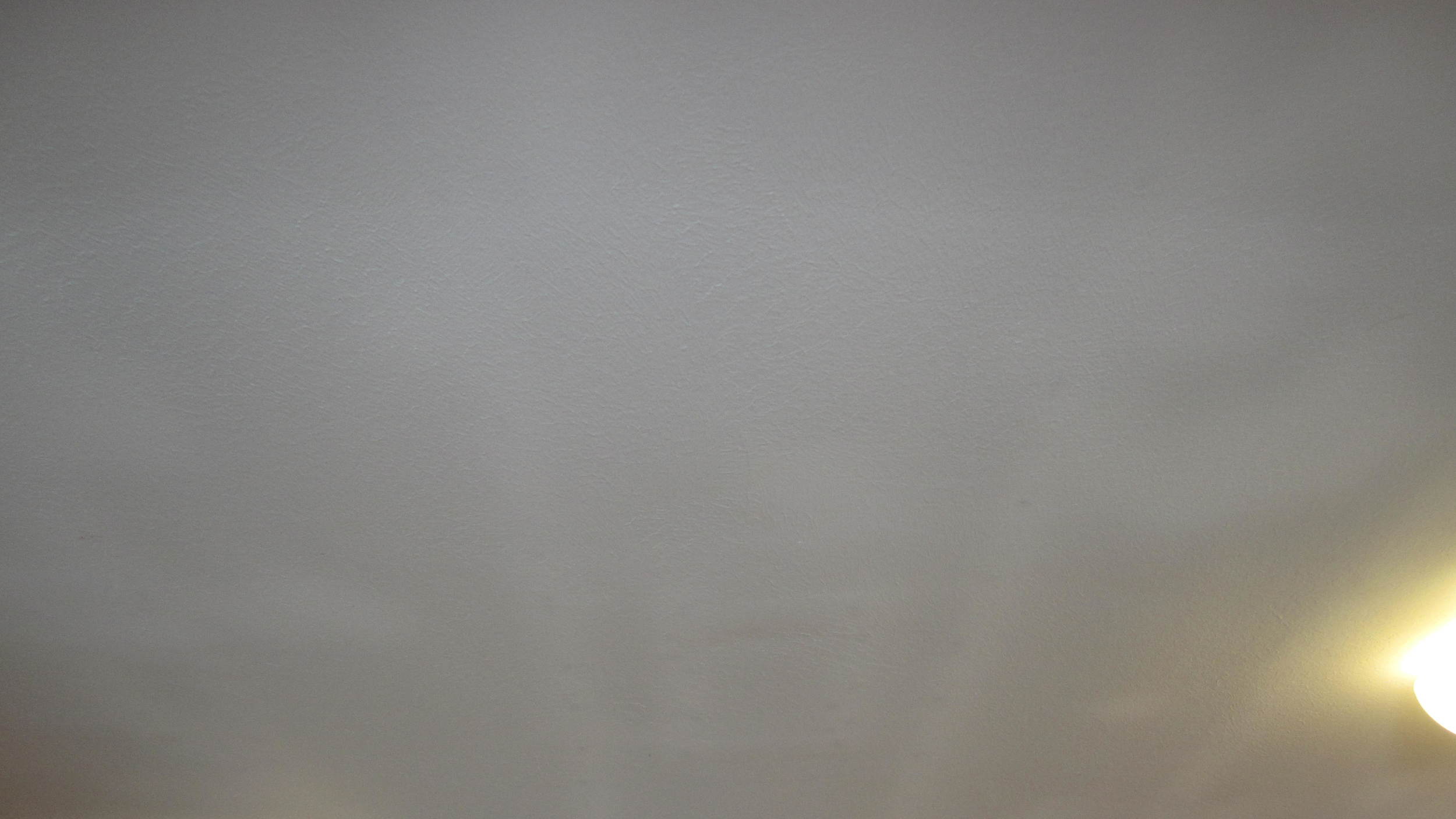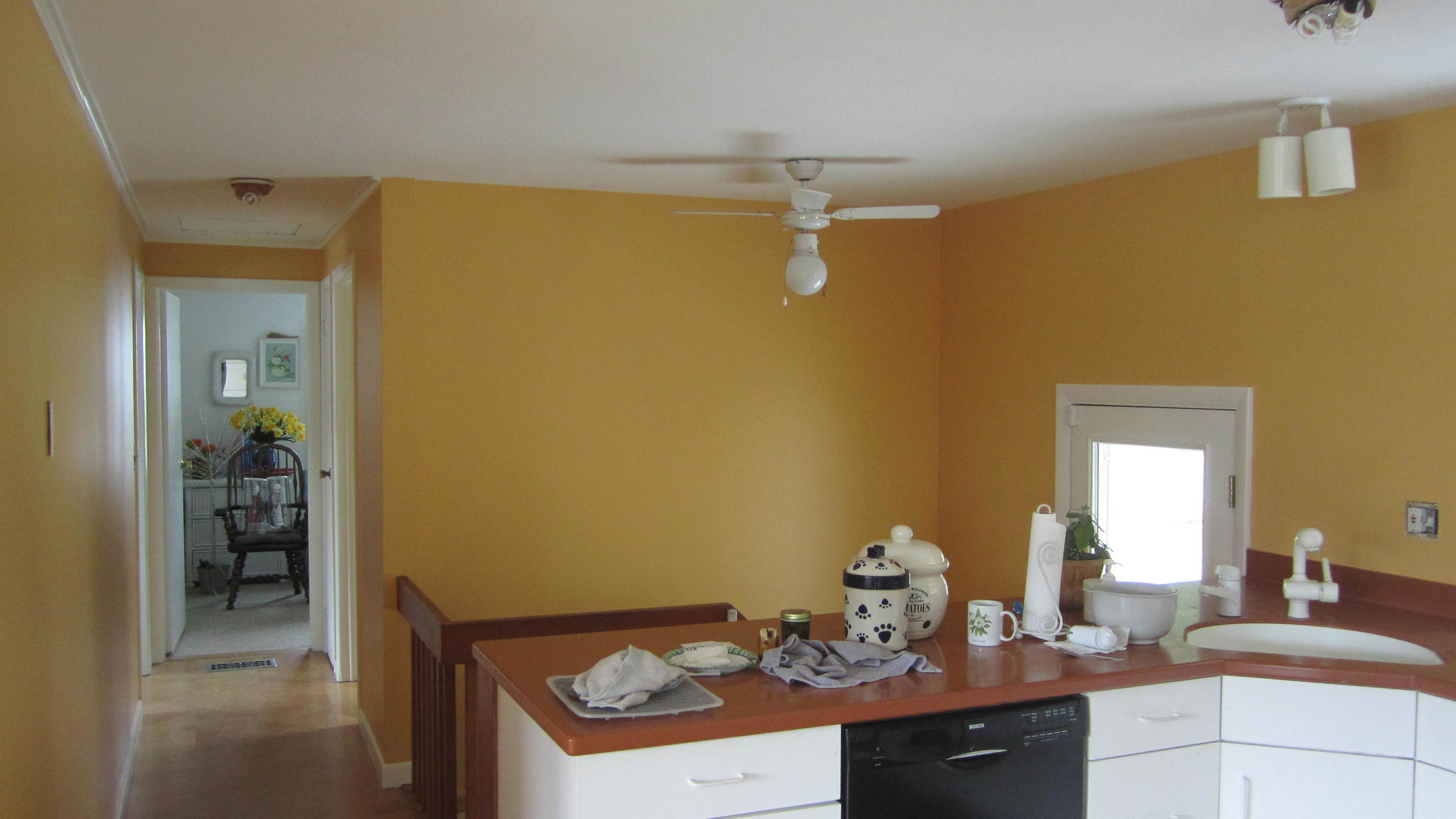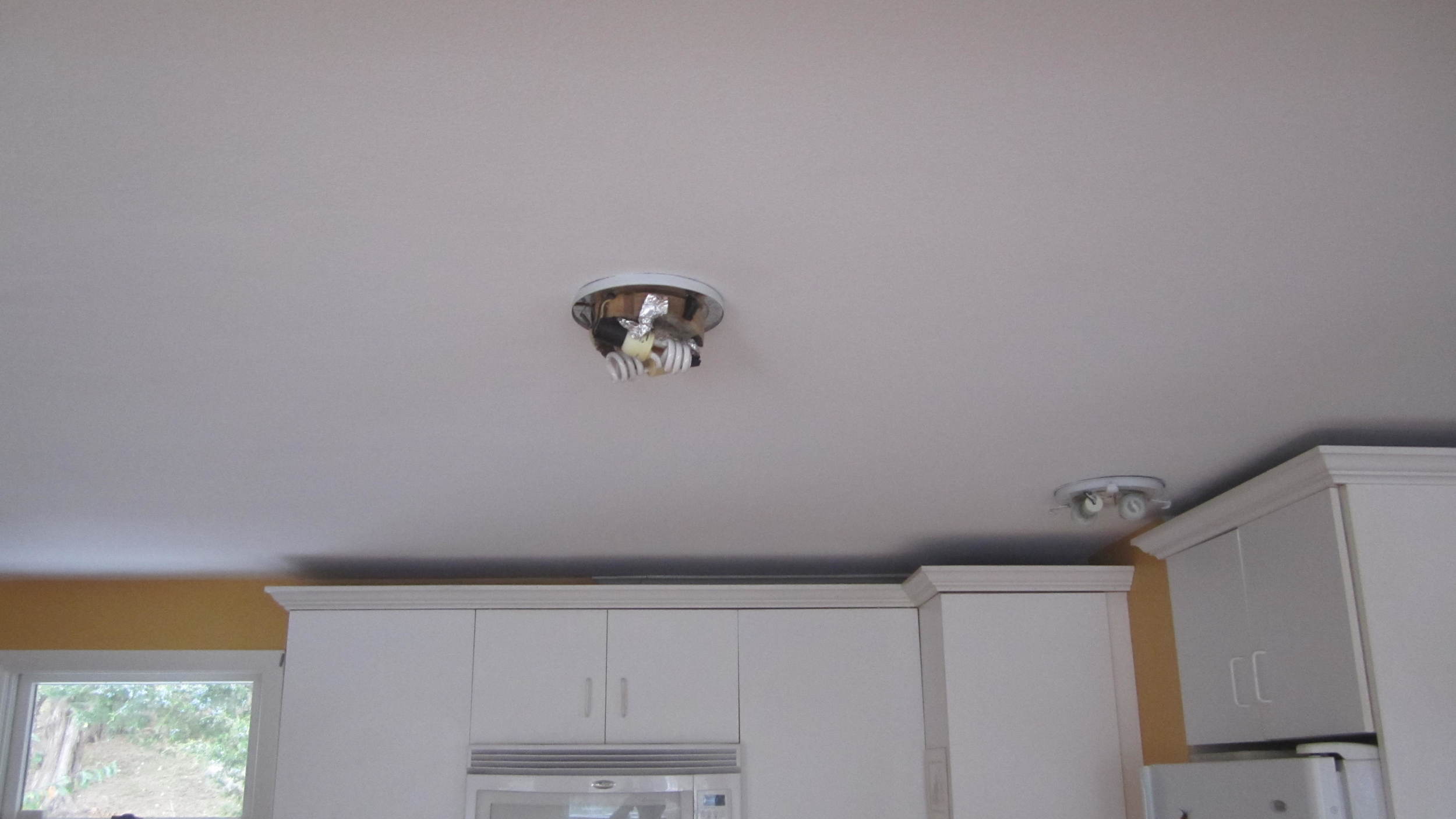Paint Samples--Use Them to Avoid Disaster (well not quite a disaster)
I just finished a job that took a bit less than two weeks. The job consisted of a bedroom, what I have been calling an entrance hallway. and a medium sized bathroom. The hallway is attached to the bedroom, so that when you walked through the bedroom door you have to walk about 10-15 feet before you actually get into the bedroom.
In the bedroom, where the wall meets the ceiling, all of the joint compound tape, was failing. The ceiling was slanted going from about seven feet to about 12 feet. There were also several areas in the hallway and bathroom that had failing joint compound tape. Plus the room was full of furniture..not easy to move around in.
Before any paint was put on the wall the joint compound had to be fixed. This involved removing the old tape, sanding the ridge resulting from the removal of the old tape. I am not sure if all painters do this step, and I generally only do int on corners. I find it often very hard to apply the new tape without applying too much mud. I also had to add the additional step of putting Durabond into the gaps between the wall and the ceilings. This job was very similar to a job that I did in the fall of 2014. You can check out the blog on this job here. The gaps were most likely the reason that the tape failed. Once the new tape and mud was applied everything had to be cleaned, then sanded. All of the new joint compound had to be primed before it was painted (no paint in primer in one will not work). On the ceiling areas that were primer were painted with ceiling paint, and then the entire ceiling was give a coat of Benjamin Moore 508 ceiling paint...great paint...usually one coat will do. All of the trim was give one coat of Benjamin Moore Advance semi-gloss.
All of this work took me about 5 1/2 days. then the walls paint went on. I am not sure of the total surface area...I usually guesstimate and adjust the price of paint based on what I used. The first coat in the bathroom and hallway took one gallon, so I am guessing the wall surface in was about 800 square feet. I put on the paint on the largest of the walls before my morning break, and the the homeowner looked at it after it had dried a bit, and she did not like the color! Obviously, I had suggested to her that she might want to try a color sample, but she said that it was not needed.
The home owner commented that she thought that the color would be darker, and it was a bit darker once I applied the second coat, but still not as dark as she thought it would be. When first viewing the color she told me that she would get used to it. And, I did go back several days later and she told me that she did like the color, and was very happy with the way the job turned out. She was lucky. I have had customers learn that they dislike colors very much after I apply them. This particular customer did tell me that she still was not overjoyed with the bathroom color, but she would get used to it.
When you factor in the price of labor and materials, paint is a small fraction of the overall cost of most paint jobs. However, if it is not the color you you expected, it can ruin the entire job. And, even though paint is not overly expensive, applying it can be costly. Also, if you have a very large room that requires several gallons of paint, and the painters bought all of the necessary paint already, replacing it with a color you like can get expensive. Therefore, it is always a good idea to get a sample of the paint that you want to put on the walls. And, put it on several walls. The walls in the room will not get the same light, and therefore will look different from one wall to the next throughout the day. It is also best to view the color throughout the day. The color will not look the same in the mid day light as it will in the evening when the only light source will be artificial light.
![0916150729[1].jpg](https://images.squarespace-cdn.com/content/v1/51293ec7e4b0df88da7044b3/1446936763785-7AW47V15VZB0EIU2R2O3/0916150729%5B1%5D.jpg)
![1009150821[1].jpg](https://images.squarespace-cdn.com/content/v1/51293ec7e4b0df88da7044b3/1446936809479-TTZVFXA0HY3AZV4ETMMX/1009150821%5B1%5D.jpg)
![1014151605[1].jpg](https://images.squarespace-cdn.com/content/v1/51293ec7e4b0df88da7044b3/1446936857839-O6RW19F1T2Z1OMGV7JM6/1014151605%5B1%5D.jpg)
![1023150932[1].jpg](https://images.squarespace-cdn.com/content/v1/51293ec7e4b0df88da7044b3/1446936888557-R31LJLELNA79M3FFVMZJ/1023150932%5B1%5D.jpg)
![1023150932a[1].jpg](https://images.squarespace-cdn.com/content/v1/51293ec7e4b0df88da7044b3/1446936920504-8GQORFOKERZ0C6TH1HT7/1023150932a%5B1%5D.jpg)
![1023151541[1].jpg](https://images.squarespace-cdn.com/content/v1/51293ec7e4b0df88da7044b3/1446936954805-DISLDEW1VR6C7RPDBEWO/1023151541%5B1%5D.jpg)
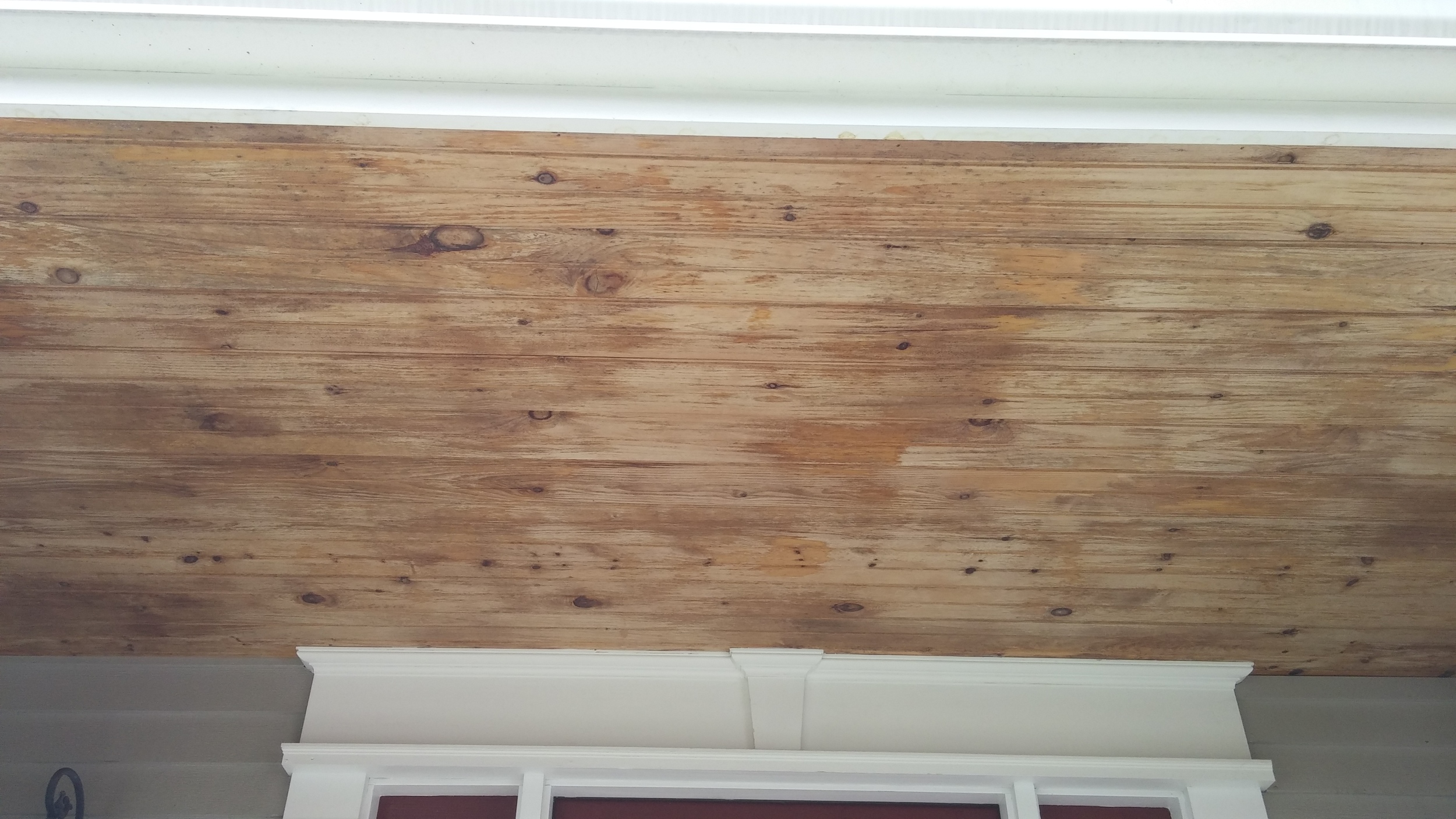
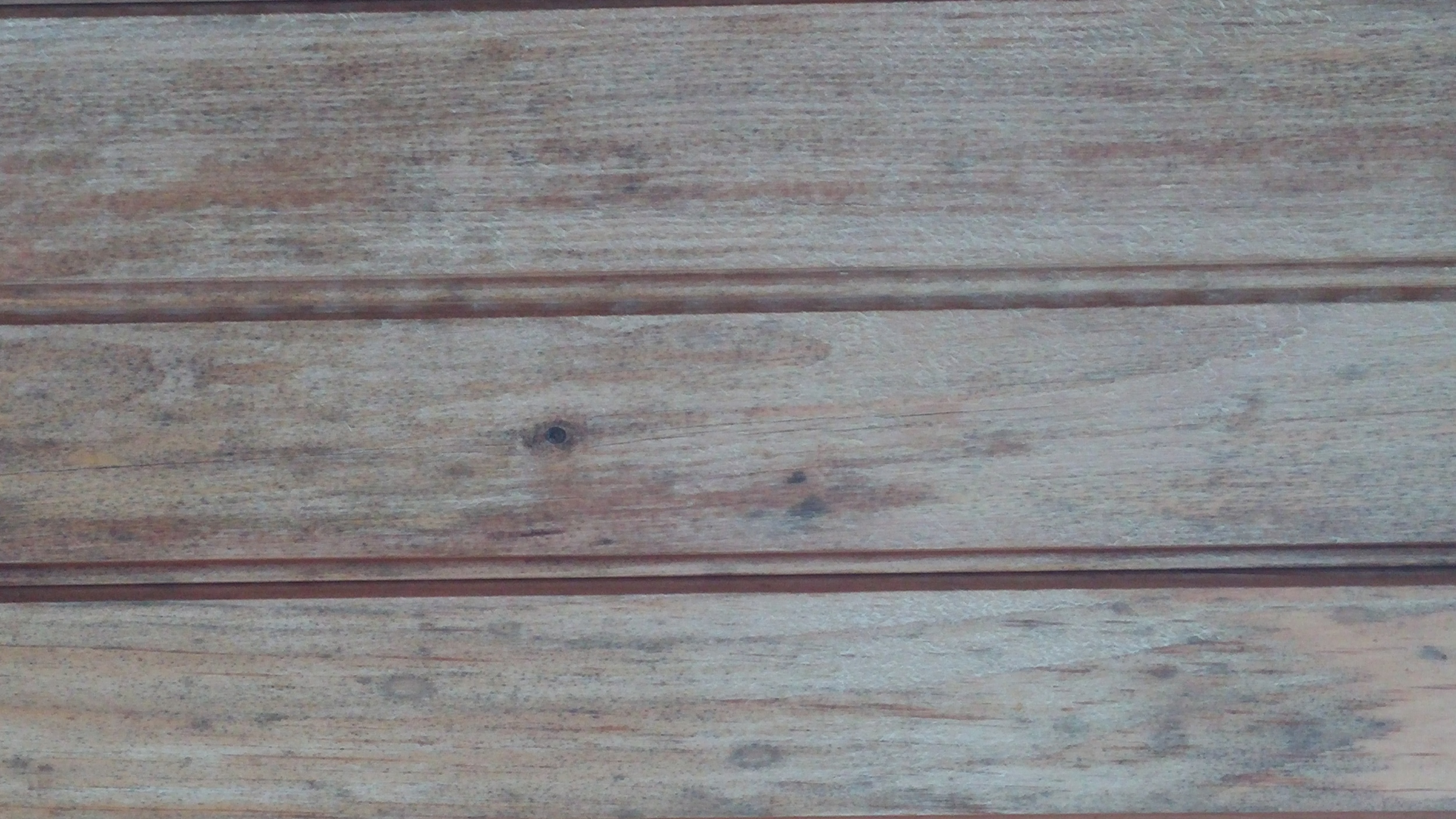
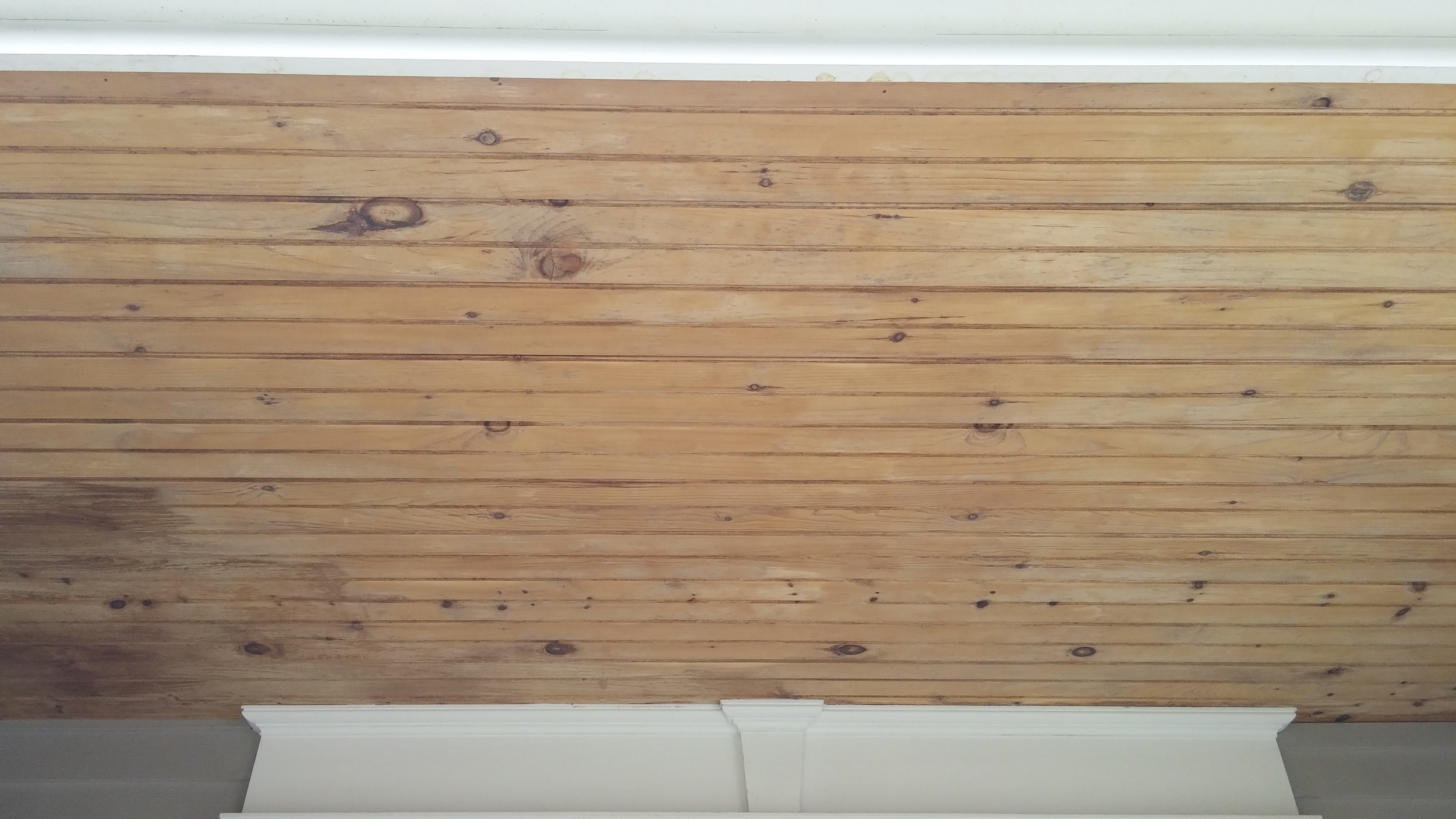
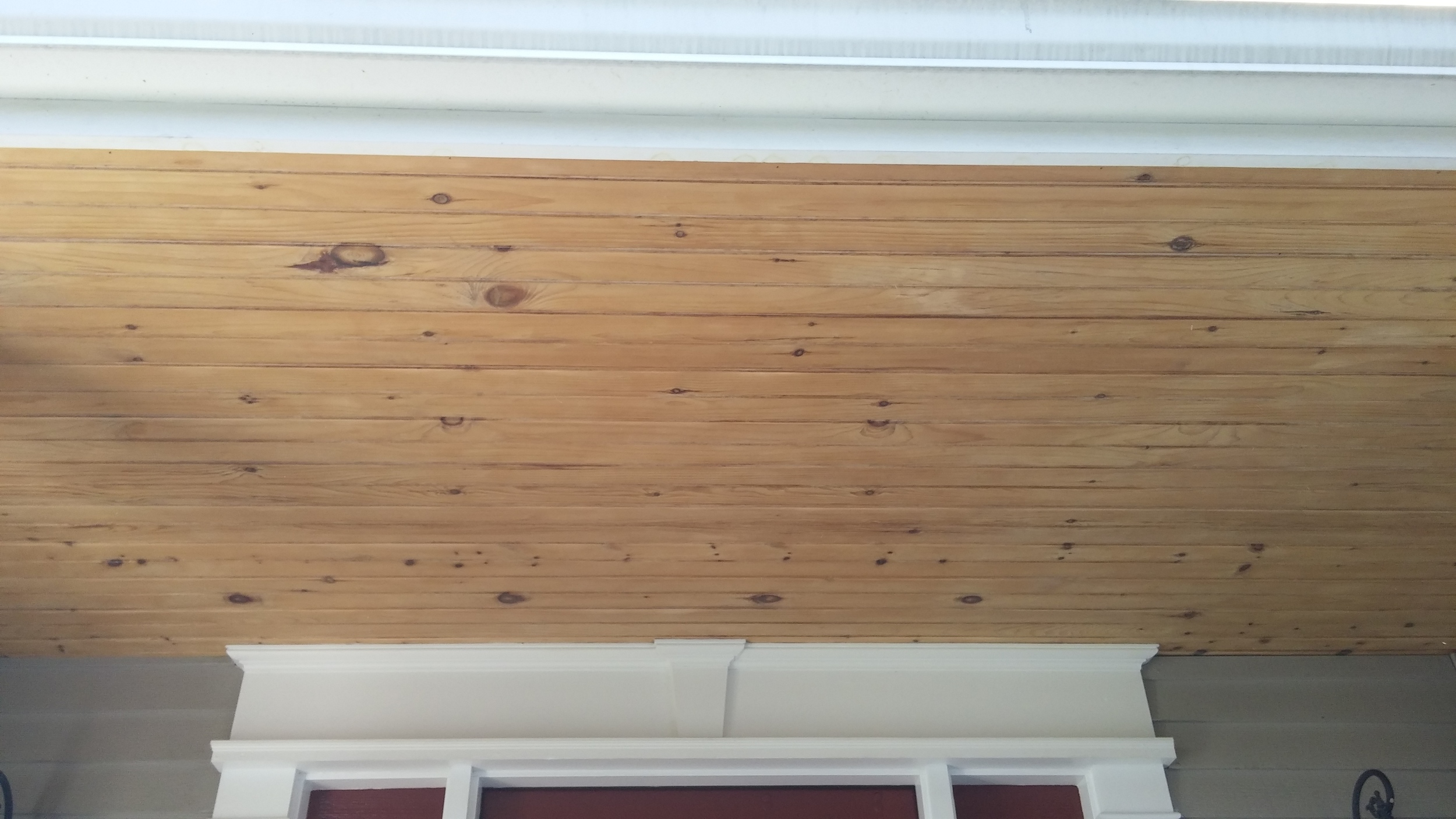
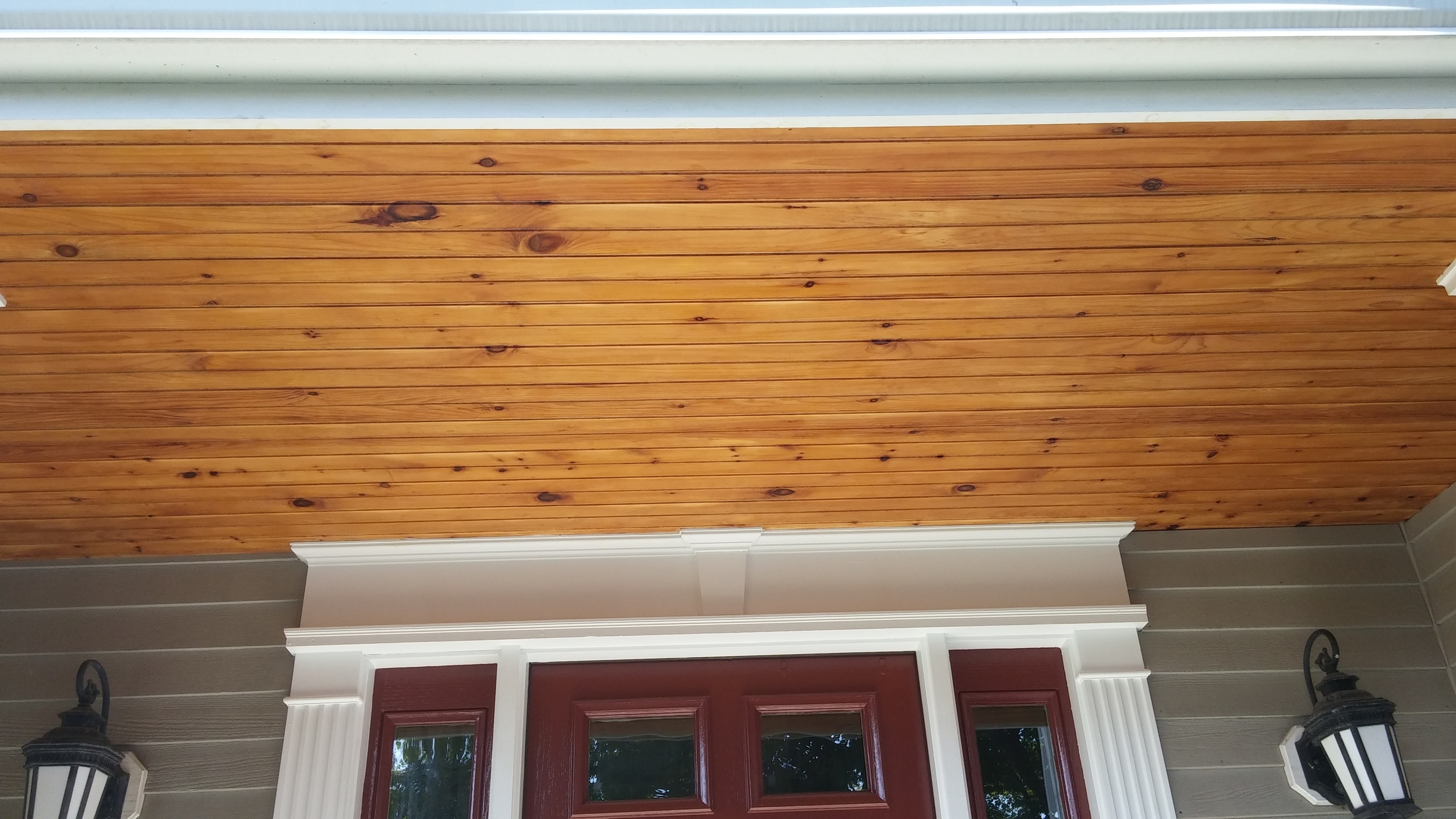





![0408151717[1].jpg](https://images.squarespace-cdn.com/content/v1/51293ec7e4b0df88da7044b3/1434844572902-4IZJ80JN7GITANJR9TJ9/0408151717%5B1%5D.jpg)
![0408151717a[1].jpg](https://images.squarespace-cdn.com/content/v1/51293ec7e4b0df88da7044b3/1434845035656-A3BBYAV981PXKBYLW5XN/0408151717a%5B1%5D.jpg)
![0528151515b[1].jpg](https://images.squarespace-cdn.com/content/v1/51293ec7e4b0df88da7044b3/1434844766362-CHHE6OZ5JWYN2FCOZB2D/0528151515b%5B1%5D.jpg)
![0617150818[1].jpg](https://images.squarespace-cdn.com/content/v1/51293ec7e4b0df88da7044b3/1434844908340-NY5W640GUB7AOQJFESZW/0617150818%5B1%5D.jpg)
![0617150818a[1].jpg](https://images.squarespace-cdn.com/content/v1/51293ec7e4b0df88da7044b3/1434844670384-ITYZA5AIWPQXXBDNIGDO/0617150818a%5B1%5D.jpg)
![0617150817[1].jpg](https://images.squarespace-cdn.com/content/v1/51293ec7e4b0df88da7044b3/1434845115763-OA73I3ICRT6ITYC1RBPE/0617150817%5B1%5D.jpg)
![0504150849a[1].jpg](https://images.squarespace-cdn.com/content/v1/51293ec7e4b0df88da7044b3/1432772316873-CK7IKRQ3XFCZAG4QQG0L/0504150849a%5B1%5D.jpg)
![0504150849[1].jpg](https://images.squarespace-cdn.com/content/v1/51293ec7e4b0df88da7044b3/1432772173907-EXG5DC3I6P3I2MIOAI5I/0504150849%5B1%5D.jpg)
![0504151313b[1].jpg](https://images.squarespace-cdn.com/content/v1/51293ec7e4b0df88da7044b3/1432810385327-OS5AEEDE5P7SI39UL8DZ/0504151313b%5B1%5D.jpg)
![0504151313c[1].jpg](https://images.squarespace-cdn.com/content/v1/51293ec7e4b0df88da7044b3/1432772520926-MWZR18TPTKVR10F3Q8WT/0504151313c%5B1%5D.jpg)
![0507151252[1].jpg](https://images.squarespace-cdn.com/content/v1/51293ec7e4b0df88da7044b3/1432772575364-I4J62I01R1D6DP636FXR/0507151252%5B1%5D.jpg)
![0507151253[1].jpg](https://images.squarespace-cdn.com/content/v1/51293ec7e4b0df88da7044b3/1432772611258-CPXGWIQJTR2Z3GAA674A/0507151253%5B1%5D.jpg)
![0316150841[1].jpg](https://images.squarespace-cdn.com/content/v1/51293ec7e4b0df88da7044b3/1426947920155-EIDIPOFY7T38KSJHVQBN/0316150841%5B1%5D.jpg)
![0316150841b[1].jpg](https://images.squarespace-cdn.com/content/v1/51293ec7e4b0df88da7044b3/1426947953289-WE8F3BEYYXD9OHD443TD/0316150841b%5B1%5D.jpg)
![0316151128[1].jpg](https://images.squarespace-cdn.com/content/v1/51293ec7e4b0df88da7044b3/1426947979114-H8IHYT34M76J715Y43ES/0316151128%5B1%5D.jpg)
![0317150904[1].jpg](https://images.squarespace-cdn.com/content/v1/51293ec7e4b0df88da7044b3/1426947998316-8D6TKWROQIVTJ0GPLW21/0317150904%5B1%5D.jpg)
![0318151115[1].jpg](https://images.squarespace-cdn.com/content/v1/51293ec7e4b0df88da7044b3/1426948022648-TGPAEU2A7JV62IL2SB3D/0318151115%5B1%5D.jpg)
![0318151115b[1].jpg](https://images.squarespace-cdn.com/content/v1/51293ec7e4b0df88da7044b3/1426948047814-M7HRPCZYMSQ9H0DDHJLI/0318151115b%5B1%5D.jpg)
![0318151115c[1].jpg](https://images.squarespace-cdn.com/content/v1/51293ec7e4b0df88da7044b3/1426948078239-VEADSCBWAP2B1W9YBPML/0318151115c%5B1%5D.jpg)

